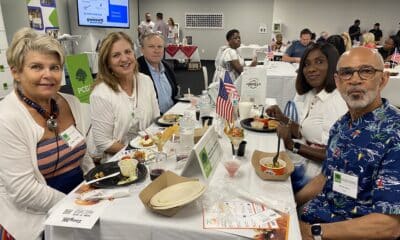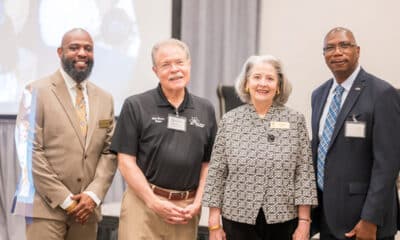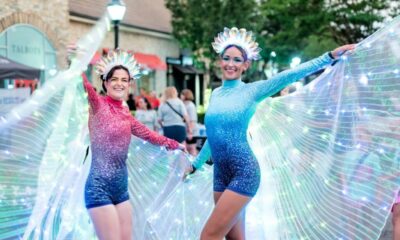Arts & Literature
The 24th Annual Wesleyan Artist Market – Up Close and Personal!
Published
2 years agoon
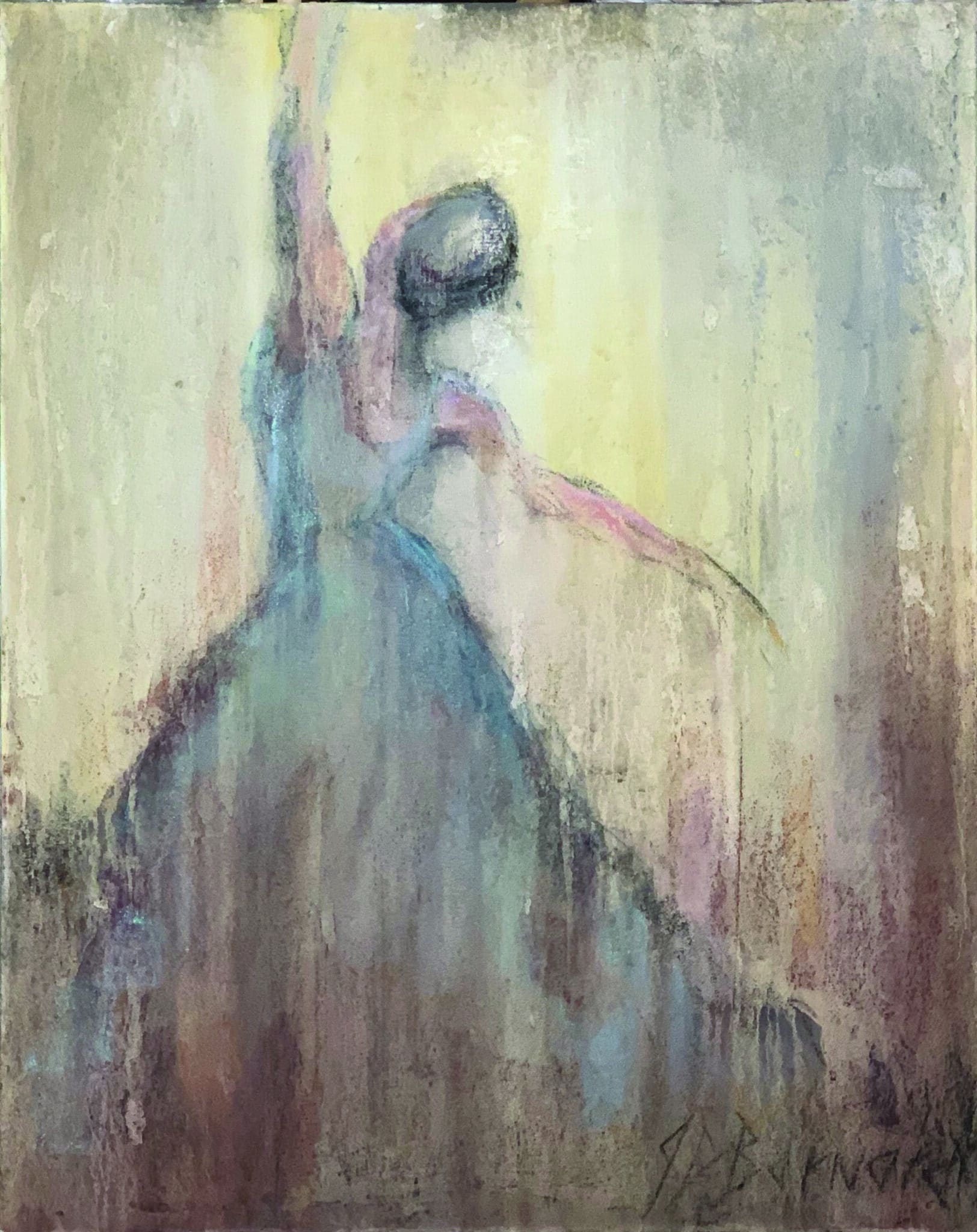
A Spotlight on Three Artists
Springtime in Peachtree Corners and surrounding neighborhoods is synonymous with a visit to the Wesleyan Artist Market (WAM). What better way to find treasures for our spaces than in person, discovering pieces that speak to us while connecting with the artists who share the vision behind their work?
After COVID canceled 2020 and then went virtual in 2021, WAM is thrilled to be back on campus this year. The market runs Friday, April 29, 10 a.m. to 7 p.m., and Saturday, April 30, 10 a.m. to 3 p.m. Admission and parking are free for this family-friendly event.
Browse an array of acrylics, oils, mixed media, watercolors, sculptures, jewelry, pottery, glass and more while enjoying gourmet coffee and treats, all available for purchase.
Participating artists undergo a rigorous selection process, so WAM brings you the best. This year, 80 professionals were selected out of over 100 applicants. Also featured will be the works of 14 talented students.
Prices range from a few dollars to thousands of dollars. There is truly something for everyone. A percentage of every sale goes to support the Wesleyan School fine arts program.
To preview participating artists and for more information, visit artistmarket.wesleyanschool.org.
- Elizabeth Ables
- Kristie Onorato
- Jennifer Barnard
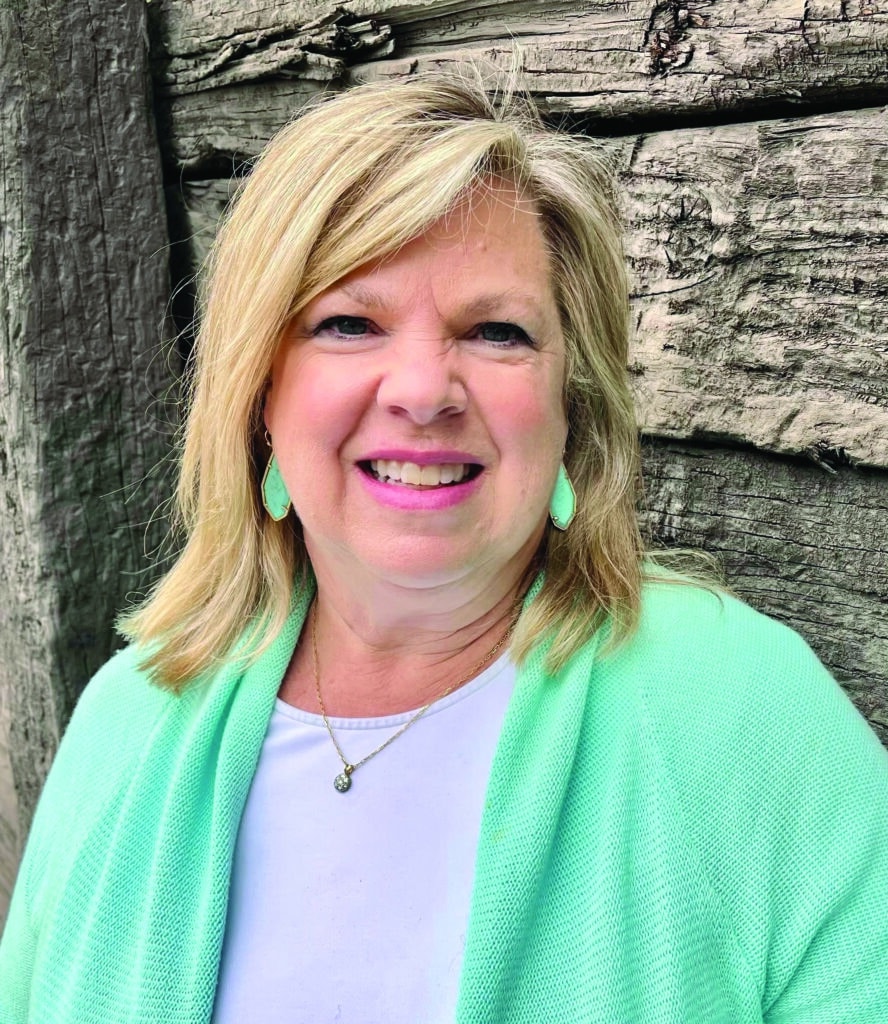
Elizabeth Ables
Stand by your mania to make
Nashville native Elizabeth Ables had classmates with star parents like Tammy Wynette, George Jones, Rony Millsap and Ray Stevens. As a teenager she caught Amy Grant performances at local bookstores before moving to Atlanta. Peachtree Corners has been her home for 28 years.
With a Communications and Sociology degree from Vanderbilt and an Education degree from Brenau, Ables has taught at Wesleyan for 15 years. She considers herself more of a creator than an artist, having dabbled in many different media over the years, from fiber arts, fashion design (particularly children’s heirloom clothing) and quilting to painting with watercolors and acrylics.
Ables developed an affinity for ceramics while guiding students through the toil and joy of turning globs of clarified dirt into something serviceable. “I’ve always been drawn to beautiful, functional art. I used to entertain a lot and wanted unique pieces, so I started creating my own. It feeds your soul when you create something that didn’t exist before,” Ables said.
Art imitates life
A sense of peace and tranquility emanate from her work. Ables finds inspiration in nature, gravitating towards layering glazes in blends of blues and greens — colors that evoke the ocean. She never tires of experimenting to get just the right blue, having long admired the striking hue of Martha Stewart’s Araucana chicken eggs, as well as robin egg blue.
Even her textures are inspired by the natural world. When creating surfaces on her vessels, Ables replicates tree bark and other things found in the environment.
A full-time teacher and busy mother, Ables creates her pottery at Spruill Center for the Arts where she also takes weekly classes, squeezing in workshops whenever she can. At Spruill, a community of artists support and uplift one another.
“I do what inspires me at the moment,” Ables explained. “On a cold winter night, I made a cable knit cardigan sweater-type surface on a vase. It looked like a slouchy sweater because that’s how I was feeling when I made it — I wanted something warm and cozy.”
Led by what inspires her, she leans into her feelings and allows art to become an escape. “I create things that I want to see, that make me happy,” Ables said.
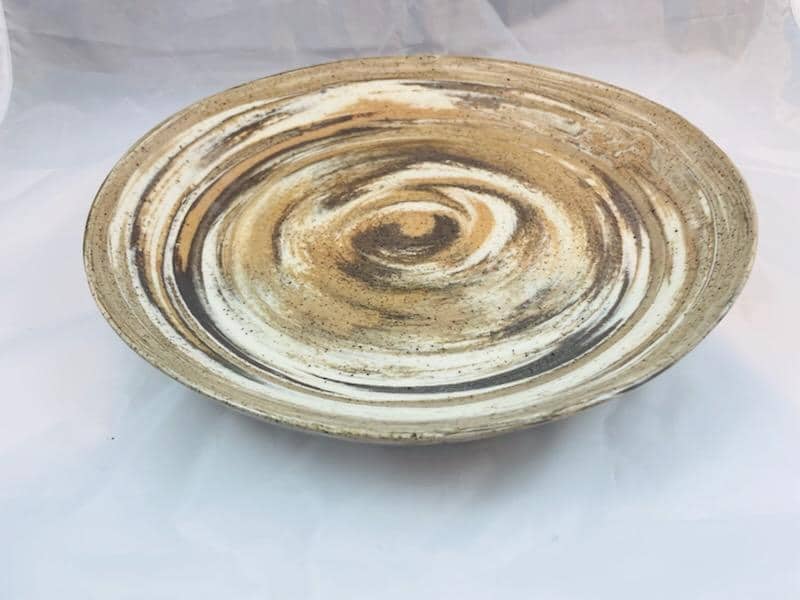
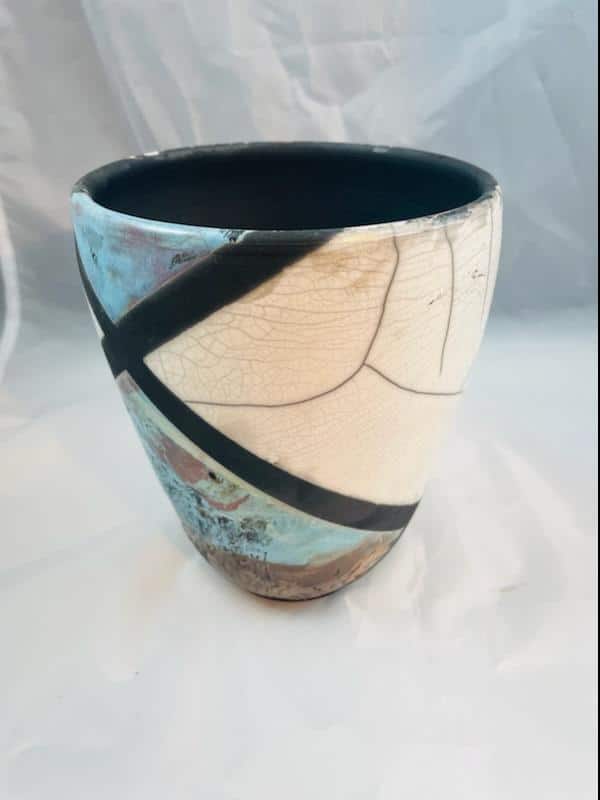
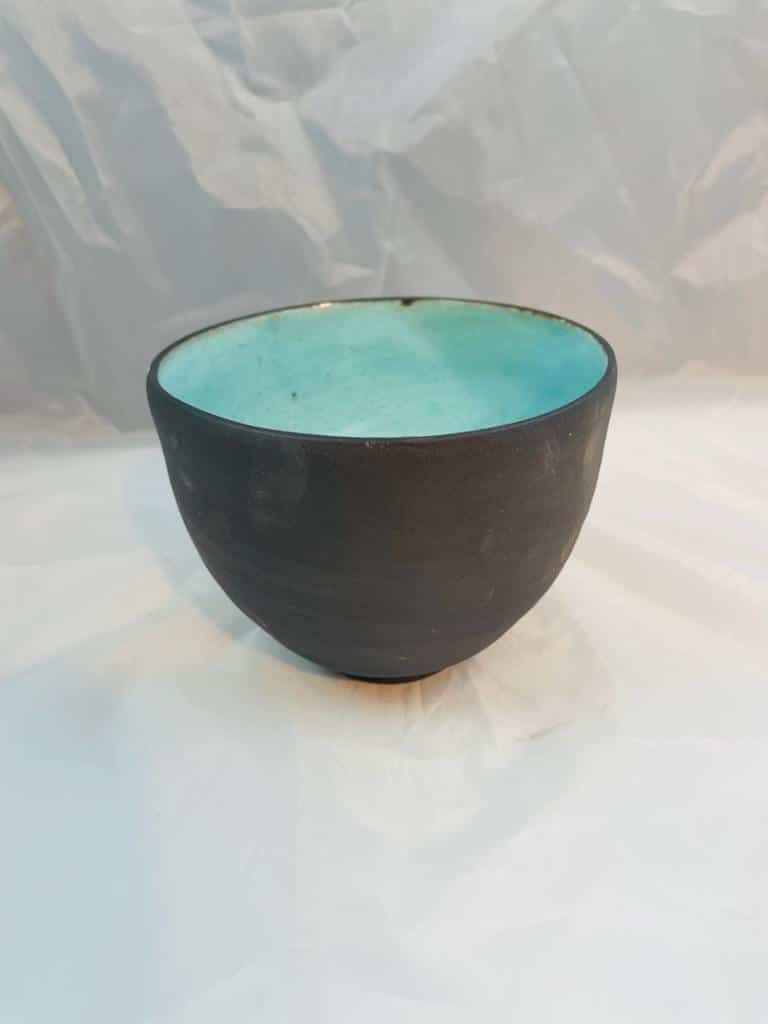
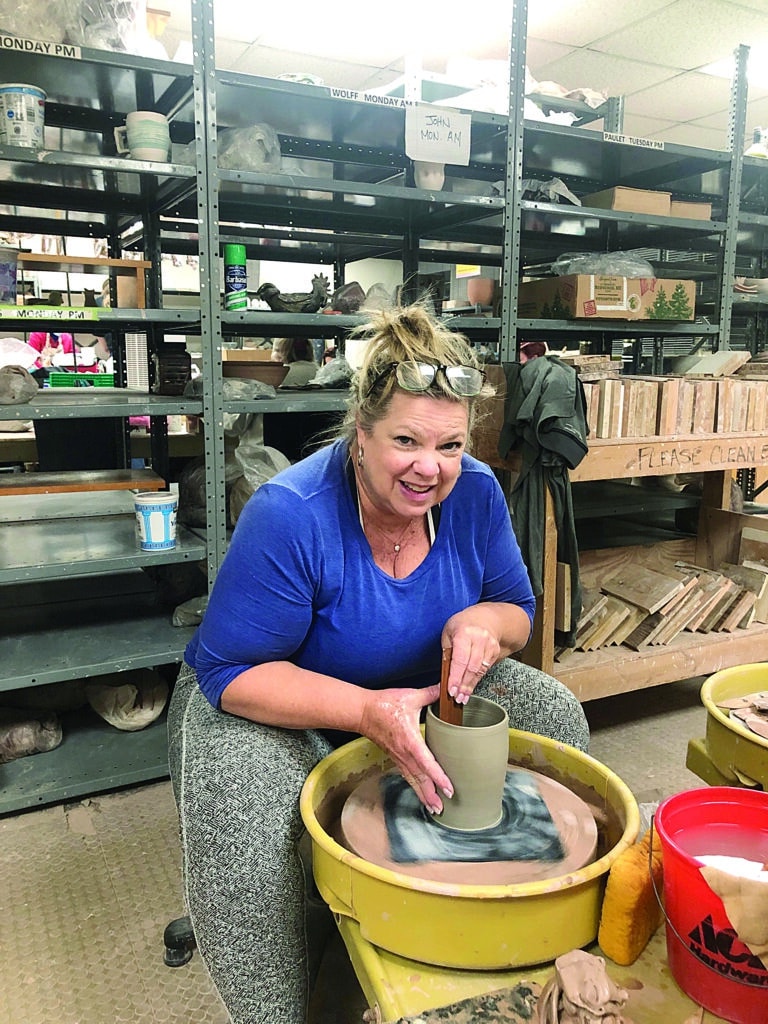
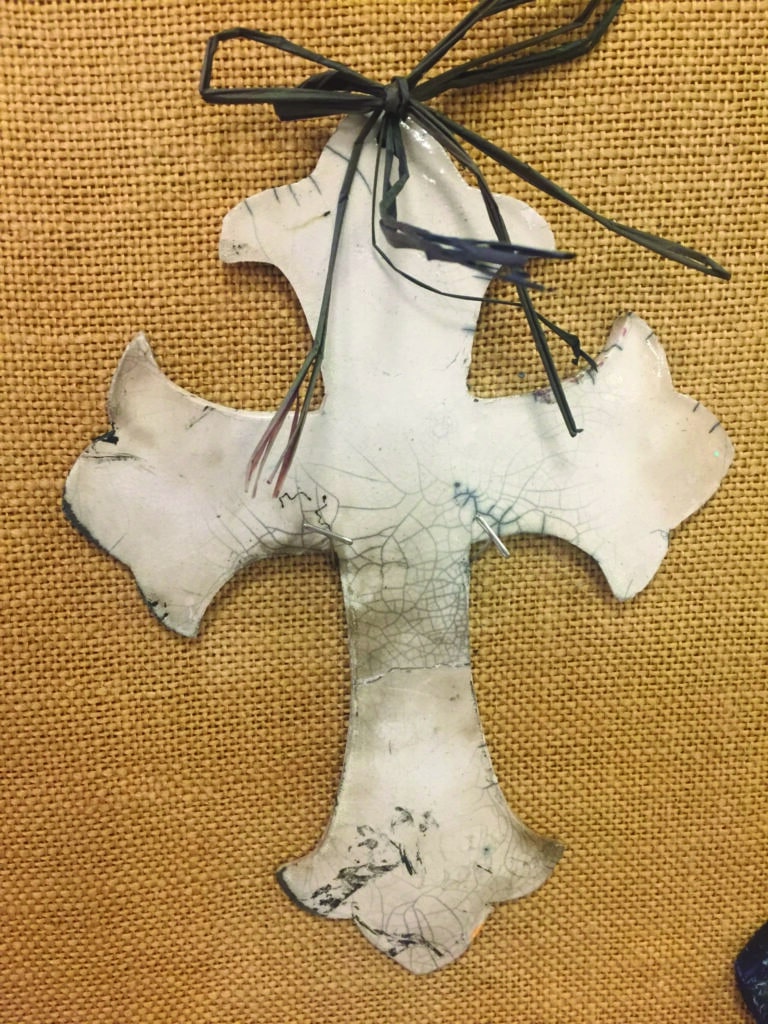
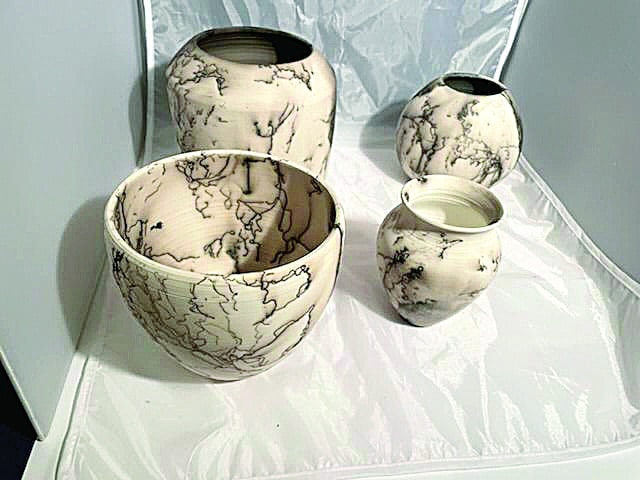
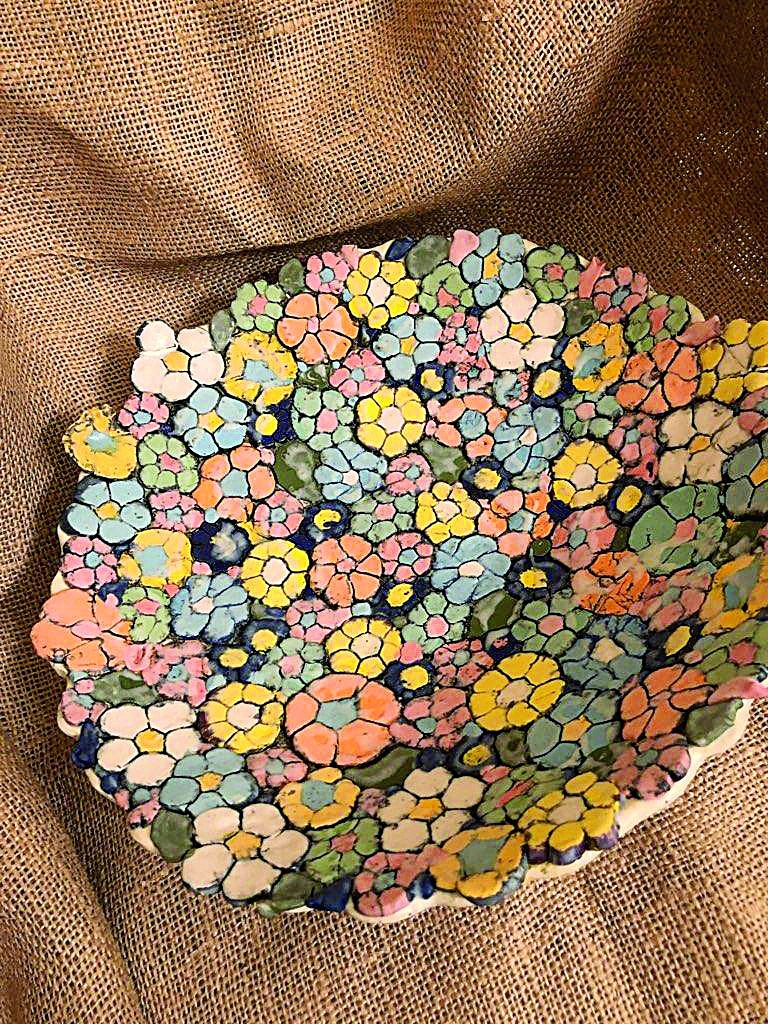
colored clay bodies.

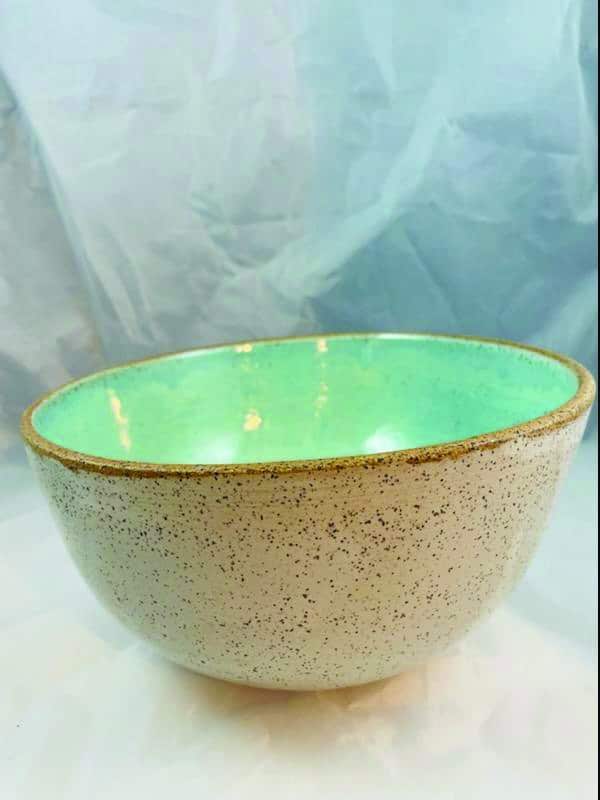
The science behind the art
Making pottery requires equal parts patience and skill. An understanding of the chemical processes taking place in the kiln is fundamental. Still, one never knows exactly what color patterns will emerge. A multitude of factors can impact the final look of a piece.
Glaze mixing recipes abound in the world of ceramics. The same glaze blend can produce a turquoise, red or golden hue depending on the weather, the speed at which the piece is transferred from the kiln to a container filled with combustible material and heat variations within.
“When it’s hot outside, it doesn’t cool off as quickly whereas in the winter, it cools off very quickly, giving it a shock,” Ables said. Dealing with glazes is very scientific. “You’re mixing chemical compounds and minerals — magnesium, iron oxide. [One must think:] What’s going to happen when they’re heated to 2000°F?”
A glaze can be pink in its liquid form as it’s being painted onto a bowl and come out of the kiln royal blue — that’s what happens when it gets fired. One can imagine the look of disbelief on students’ faces when Ables explains this dramatic change in color will occur because the glazes undergo a chemical process. “You have to trust me,” she tells them.
Playing with fire
Ables explores different techniques. Raku is a Japanese firing process consisting of removing pottery from the kiln when it’s red hot at 1800°F and placing it into containers with combustible materials. When the materials ignite, the containers are closed, producing an intense reduction atmosphere (the oxygen is removed) which impacts the colors and finishes in glazes and clay bodies. “That’s how you get the brown and blackness. It can also bring out color depending upon the glazes used,” Ables said.
Horsehair can be applied to the surface of pieces when they are removed from the kiln to create markings. “The carbon in the hair sizzles and makes black streaks. It’s a totally organic process. You never know exactly what you’re going to get,” Ables explained. The same can be done with feathers and sawdust.
The Obvara firing process, which originated in Eastern Europe during the Middle Ages, involves a bisqued pot being heated to 1650°F and removed from the heat. The pot is then dipped into a fermented yeast mixture before being dunked in water to rapidly cool the piece.
What’s your clay body type?
Ables generally uses standard white clay in the classroom because it’s not too messy, but there are many different options available to ceramicists. Speckled clay bodies have a natural textural component — they look like sand. Ables likes to create a water-colored interior and use a clear glaze on the outside of her vessels made with this clay, highlighting its earthy beauty.
“Spruill stocks eight different clay bodies. I’ve purchased some from Davens Ceramic Center in Chamblee. My favorites are the gray speck, the chocolate brown and raku clay which is less likely to shatter. Lizella red clay is mined in Georgia,” she said.
Creating custom colored clay is also an option, albeit very time-consuming. By kneading powders into white porcelain clay, Ables made 10 clay body colors.
Embrace the imperfections
Shocking clay bodies inevitably comes with a 10% fail rate, sure to disappoint artists who put so much time and love into their work. Still, Ables turns kiln accidents into a learning opportunity for youngsters.
“As in life, sometimes things happen,” she said. “We have to learn to fail and move on. We get the chance to make it again. The fear of failure and risk is crippling. I share with them times I’ve failed with breakage or cracks.”
“We’re not perfect and God created us just the way we are. If you want perfect, go get something that’s commercially created, where they have a form and crank out thousands of them. Make something that’s more personal, that has your fingerprints on it, your uniqueness. That’s what makes it art,” Ables smiled.
WAM
A longtime participating artist, Ables has seen the market grow into an incredible showcase for artistic endeavors. Having former students exhibit is especially rewarding.
“The opportunity to be back together this year is exciting. Being surrounded by so much creative beauty, it’s like a springtime party that gets you enthusiastic about life,” Ables exclaimed.
Watch our video podcast with Elizabeth Ables.
Instagram: @Ables.Elizabeth ■
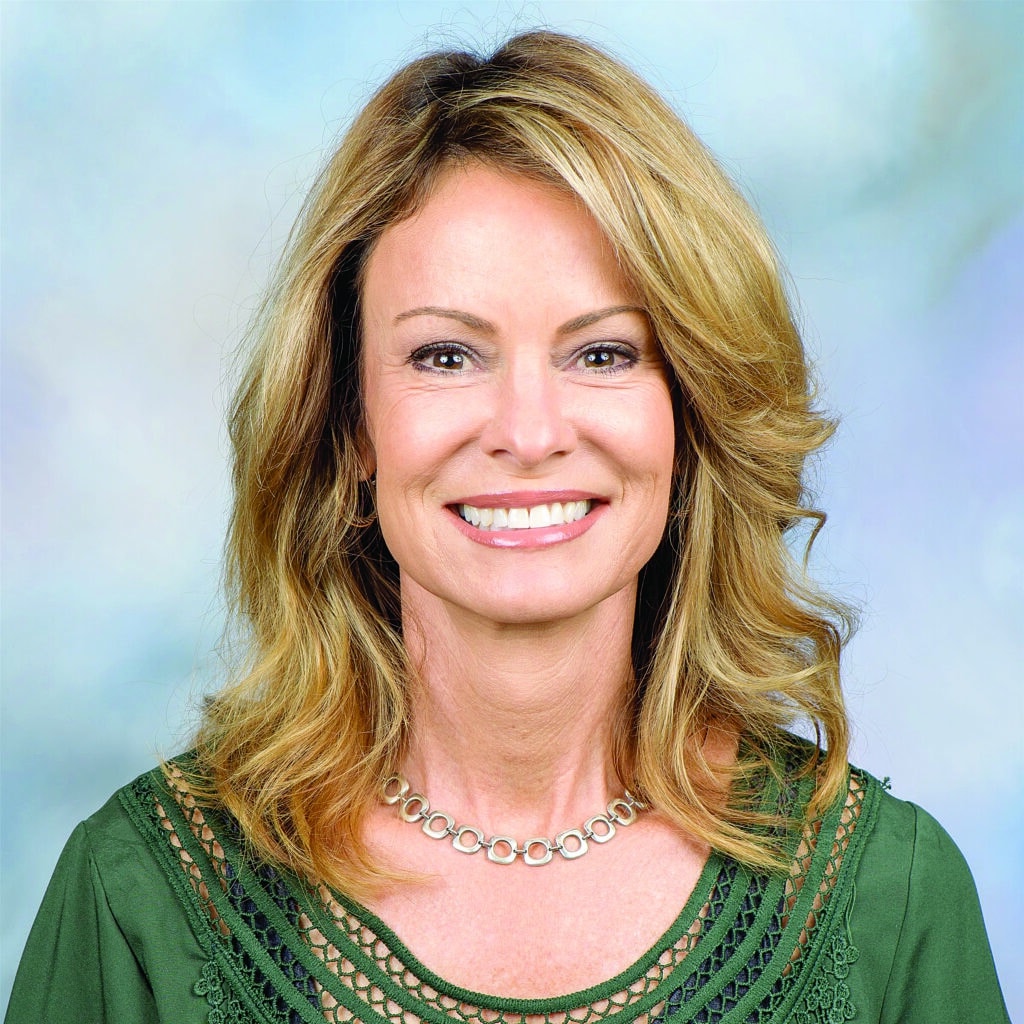
Kristie Onorato
A heart for art
Kristie Onorato has enjoyed painting for as long as she can remember, but she kept it on the backburner for several seasons of life. Originally from Cleveland, Atlanta has been her home for 20 years. Her move to Peachtree Corners four years ago came with the added perk of a four-minute commute to work.
Onorato has been teaching art since 1992. She’s been at Wesleyan for 11 years. Despite being a busy single mom to two teenage daughters, she’s been able to devote more meaningful time to her artwork over the last six years.
An undergraduate degree in Art Education from Ohio State emphasized Art History, Criticism and Aesthetics. To refine her artistic skills, Onorato took evening classes at the Cleveland Institute of Art and local studios. Visiting museums and ateliers in Europe provided further enrichment.
Onorato holds a master’s degree in Administration with a Visual Arts focus from Parsons School of Design in New York. Her formation and experience enhance her lessons. She gifted her paintings to friends and family for many years before she ever considered selling her work.
So many styles, so little time
As many artists do, Onorato has gone through phases over the years, working in pastels, watercolor, ink and oils. She works mostly with acrylics on canvas now because they dry faster and don’t emit fumes. Experiments with mixed media combine printmaking, her own torn-up artwork collages, glass, broken pottery, sand and different inks, “just to see what can happen.”
Onorato is keen to try new ideas and is continually developing. While some have fully formed a personal style, Onorato can’t imagine committing to any one approach. “I like to play and have fun,” she explained.
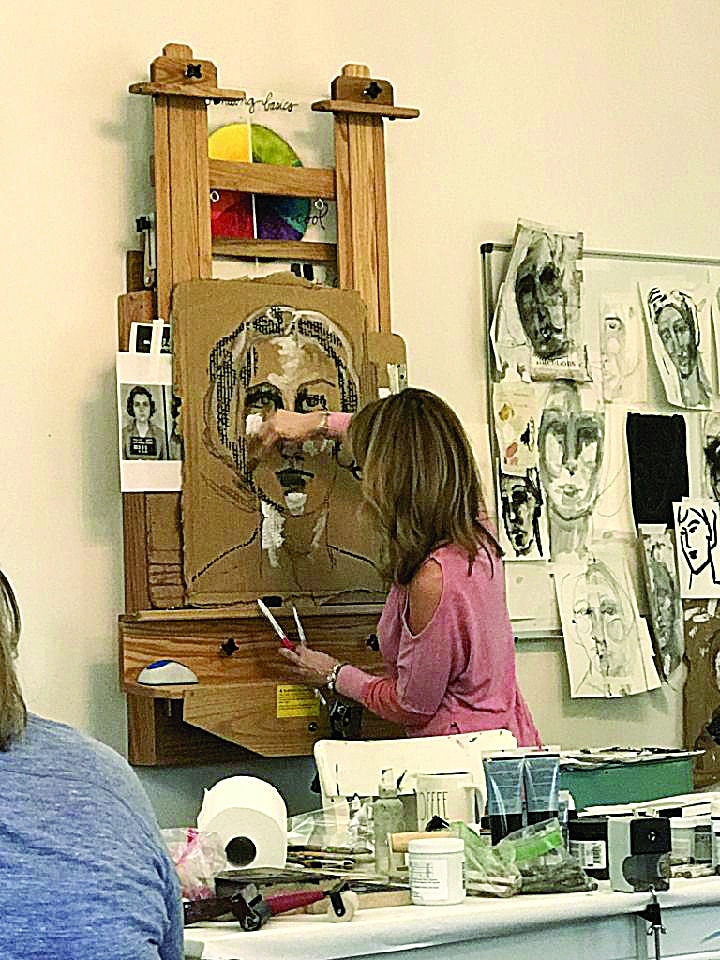
outside Charlotte
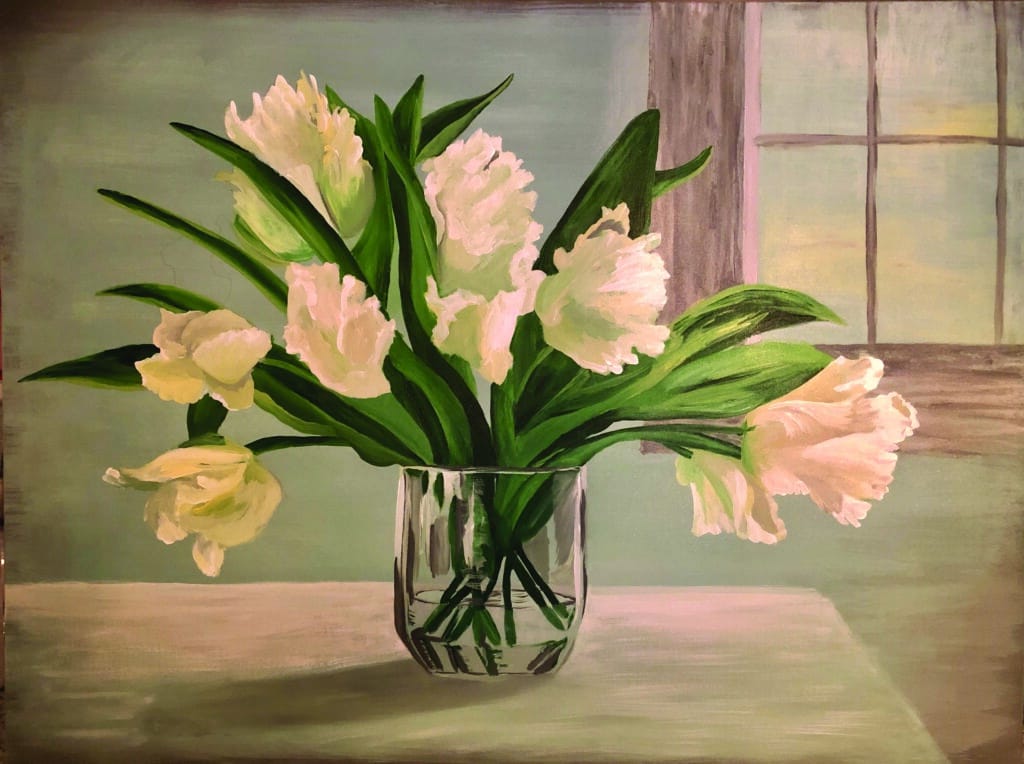
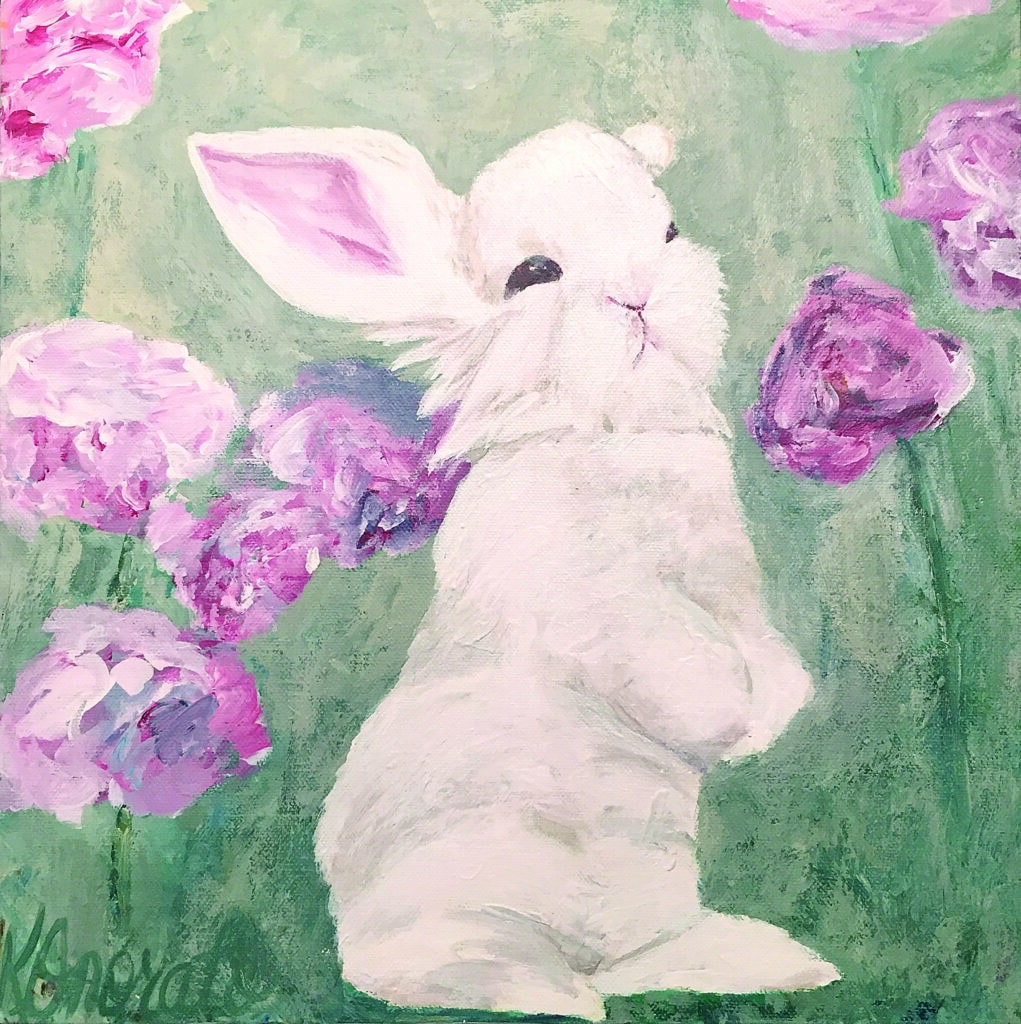
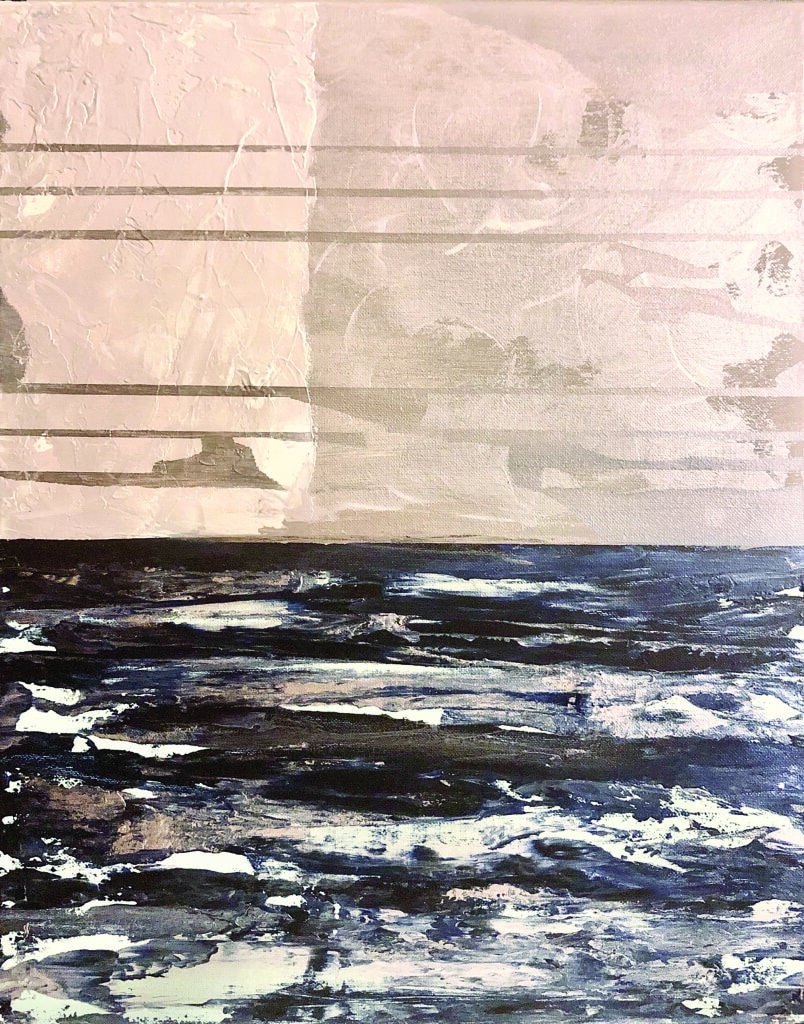
Series by Kristie Onorato will be available at The Wesleyan Artist Market.
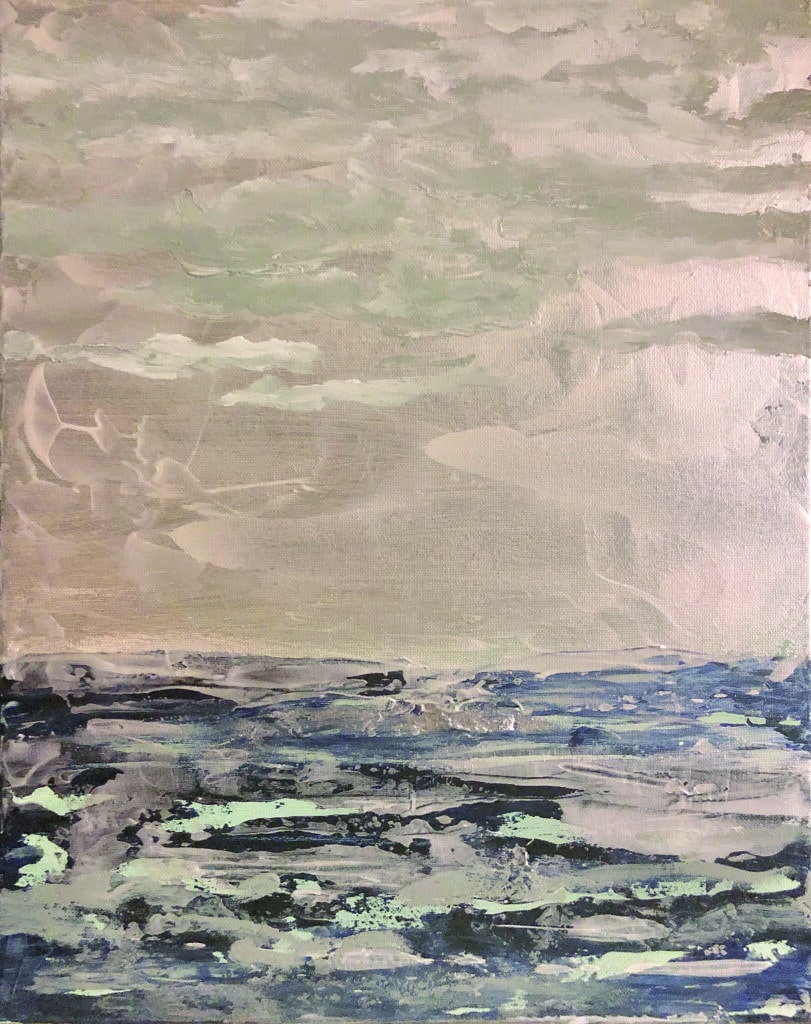
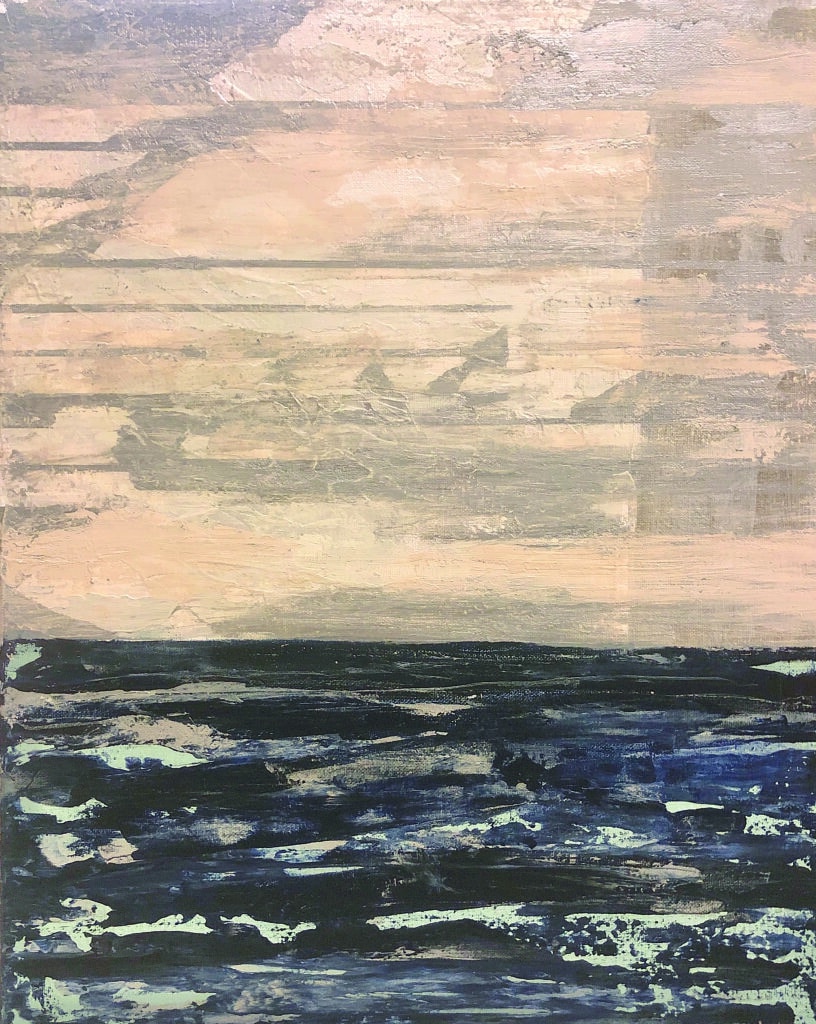
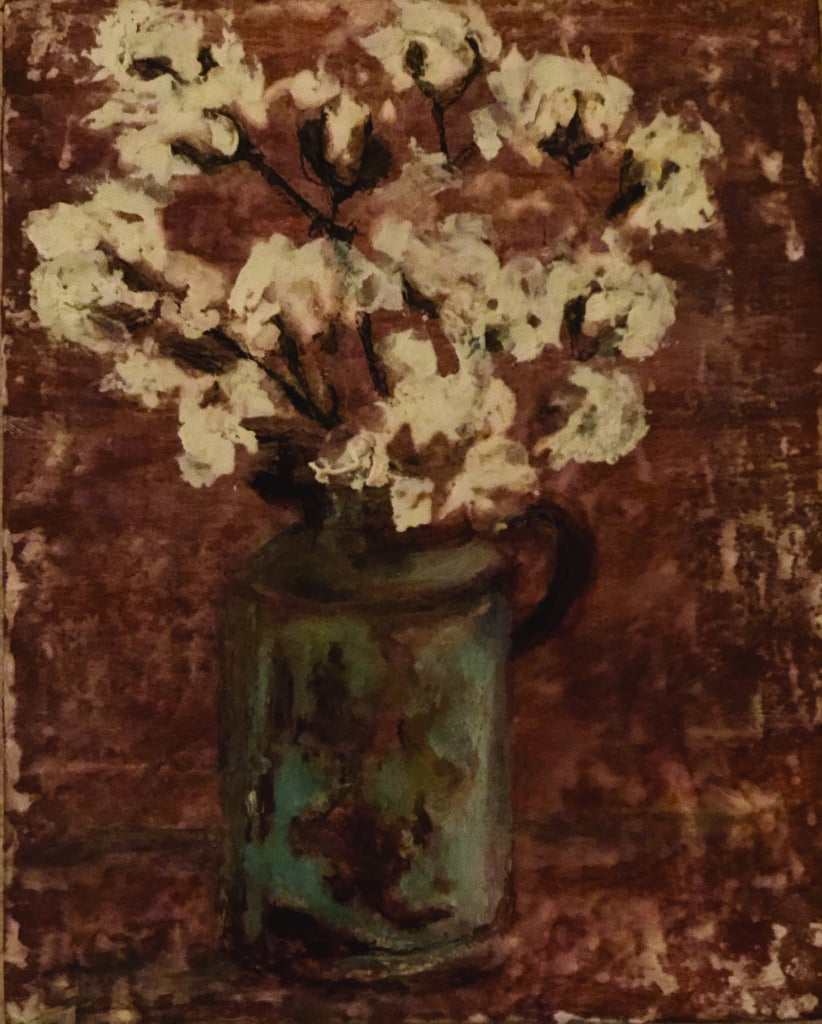
The sky is limitless
Inspired from above by both her faith and natural wonders like a breathtaking sky after a storm, she said that sunsets, flowers and people are among her favorite subjects. “How I paint them changes. My work continues to evolve. I won’t get stuck in my ways, but will gladly revisit and tweak old pieces endlessly.”
Impassioned by interior design, ideas that catch her eye in magazines, while visiting showhouses or browsing online are integrated in her works.
A self-professed lifelong learner and educator, Onorato is grounded in her spirituality. “My faith in God informs everything I do. Everyone is created in God’s image, so we’re all creators of some sort. Whether I’m creating images on a canvas, an environment in my home or classroom, or a meal for my family, being in touch with my creativity feeds my soul. Nurturing our creative gifts is a way to show gratitude for them,” she said.
Onorato produces groups of similar paintings, or series. Squirting paint directly on the canvas and using palette knives, she creates pieces that vary in size from small, to 16×20 inches, to 3-foot by 3-foot squares. “It’s fun doing big,” she said.
Floating frames are her preference for the smaller ones. Larger paintings are on deep canvases that don’t necessarily require framing.
Liquitex, Golden and Atelier Free Flow are some of her favorite paints. “I like to try different looks — it’s more about the effect you can get than the brand,” Onorato explained. She sources canvases conveniently from Dick Blick, though she had them shipped from wherever she could find them online during pandemic shutdowns.
Time flies in the art studio
A light-filled room with easy-to-clean floors on the main level of her home is where Onorato paints for hours as the rest of the world seemingly melts away. The home studio allows her to come and go freely. “I set aside days to paint. Once I’m on a roll, I don’t like to stop,” she said. “Everything else tends to fall apart because I’m so into it.”
Completed paintings are stored in her spacious classroom so they’re readily transferable to the WAM.
WAM
Onorato works on commissions and participates in Wesleyan’s annual Artist Market. “I enjoy meeting artists from all over,” she said. “It’s exciting to learn about their artwork and the different shows they attend. I get to see friends and former students. It’s like being part of a big celebration or hosting a party.” ■
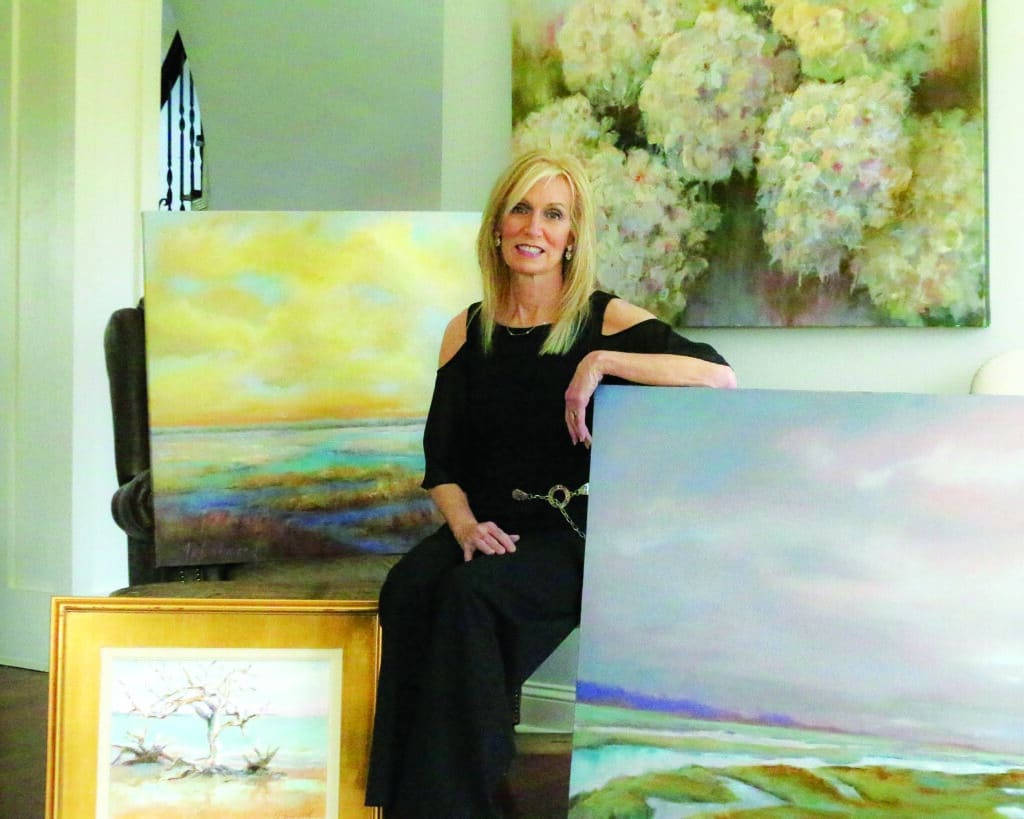
Jennifer Barnard
If you could say it in words, there’d be no reason to paint – Edward Hopper
Jennifer Barnard was born in Charleston, West Virginia, grew up in Decatur, Alabama and has lived in Georgia for 36 years. Her three sons attended Wesleyan. She has since moved from Peachtree Corners to a farm in Cherokee county.
Drawing is how Barnard has always processed the world. As a child, her profound silence worried her mother. “I was born an observer, always watching. I didn’t talk,” Barnard shared.
When she was 13, her grandfather passed away. “I didn’t have words to express my emotions, but I remember drawing his face. It made me feel close to him,” Barnard recounted.
Except for an art class in middle school, Barnard didn’t take lessons. Nor did art figure into her college prep track. Yet she gravitated towards sketching, advancing on her own. “If it’s there, it never goes away,” Barnard declared of her innate talent.
Her professional trajectory led to a master’s degree in Teaching the Hearing Impaired. After several years she also taught as a substitute at Wesleyan. When her boys were more independent, about 15 years ago, Barnard announced, “It’s my turn now,” to her spouse. She loved being a mother but was ready to nurture her talents.
As the boys got older, time increased. Now an empty nester, she can paint all day.
Today, her husband is her biggest fan. Barnard credits him with being supportive and occasionally allowing her to steal away with one of her paintings hanging in his office to sell it at an art show.
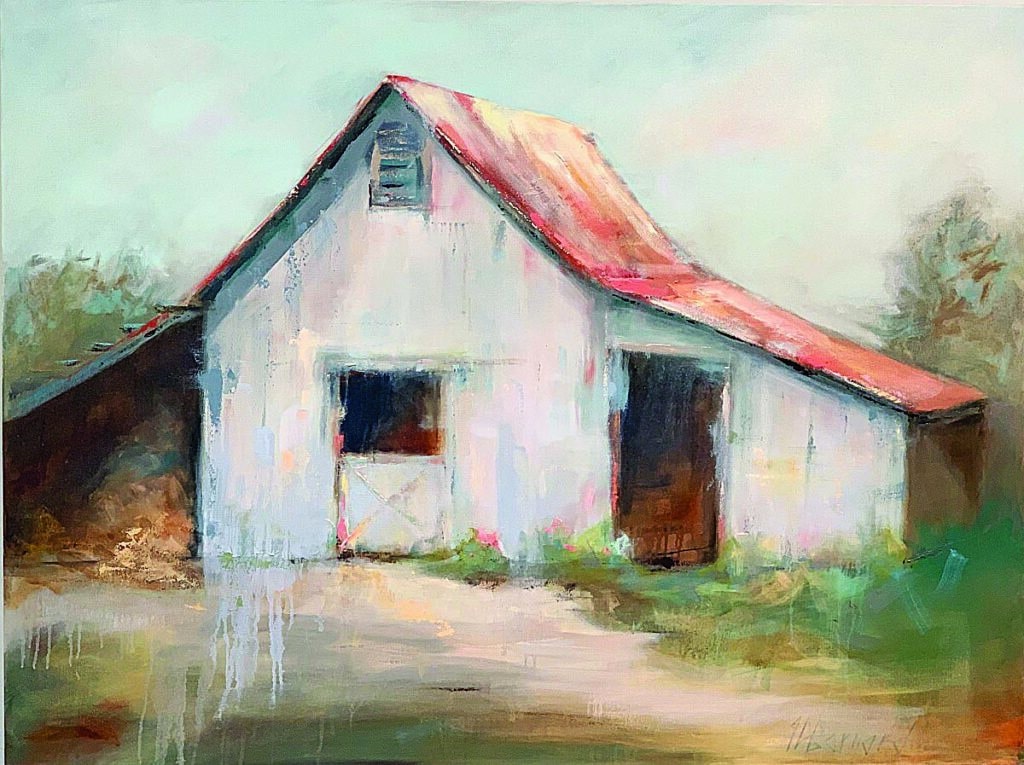
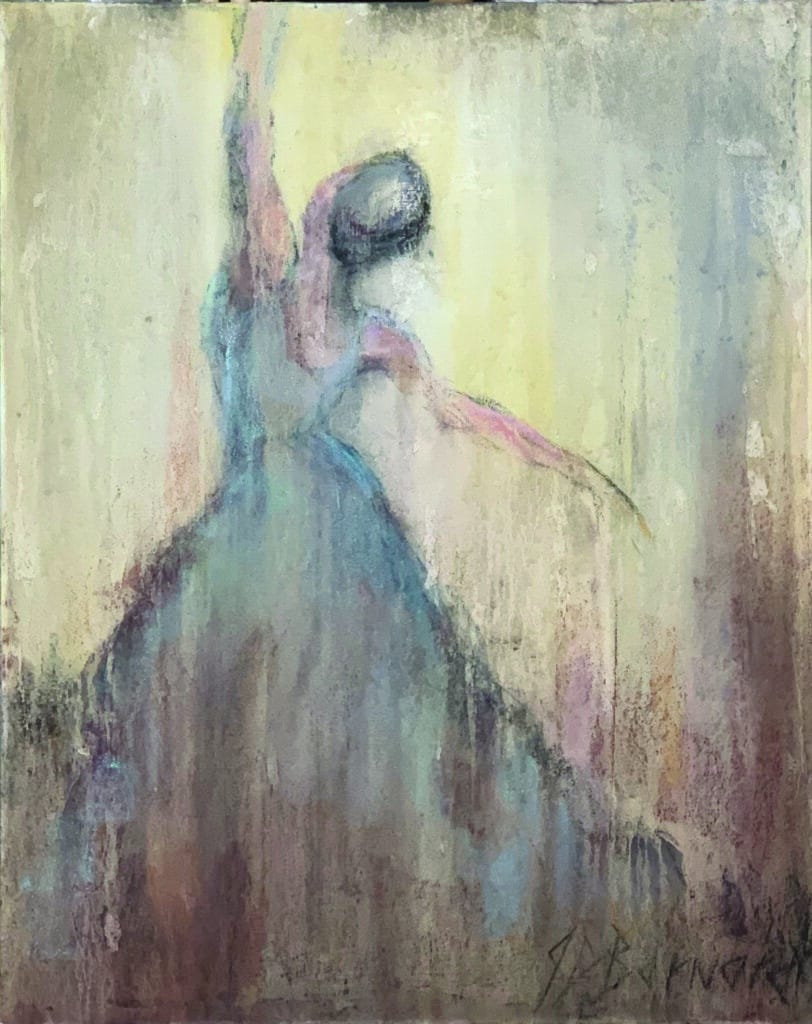
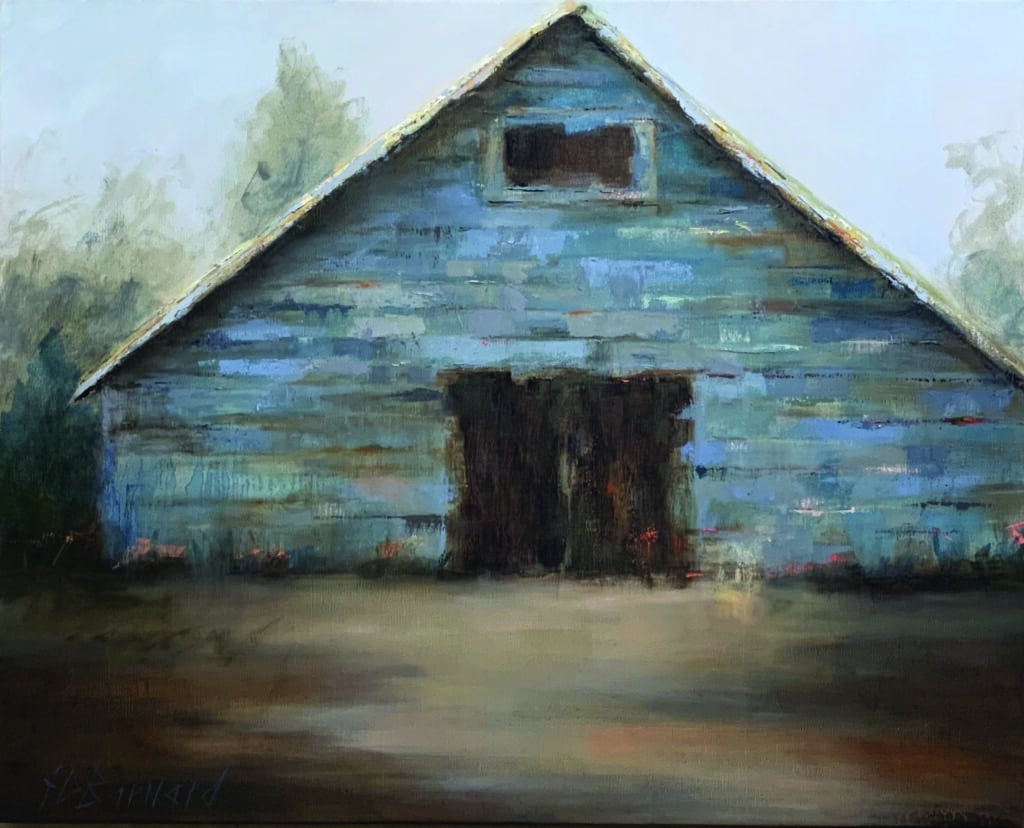
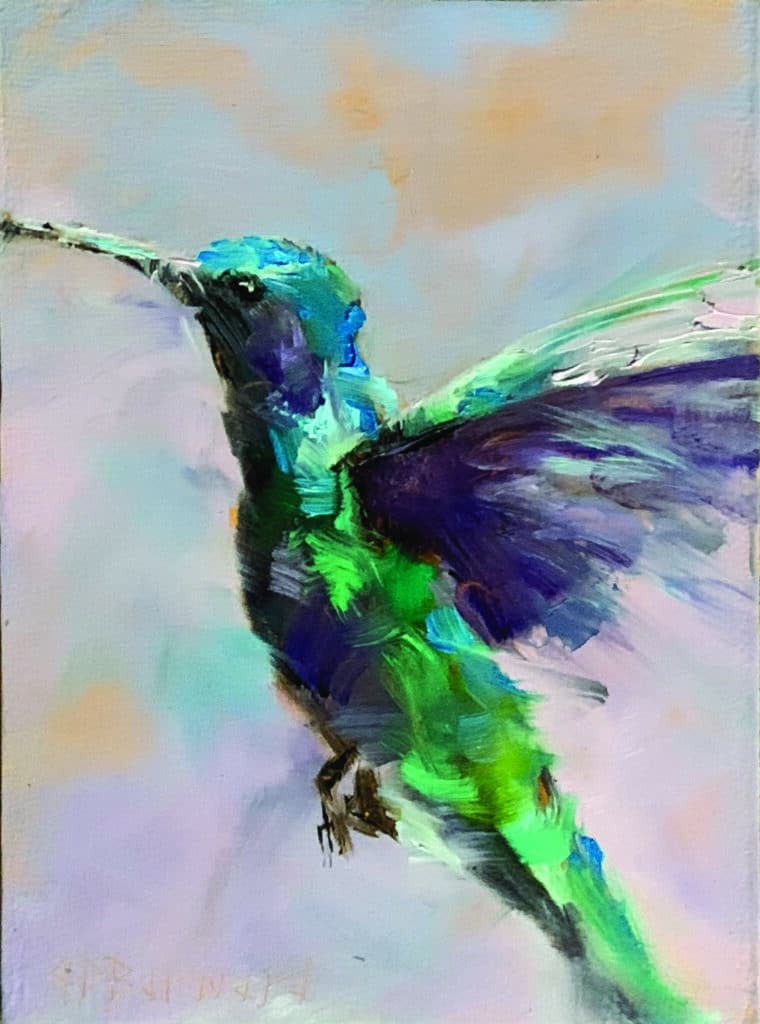
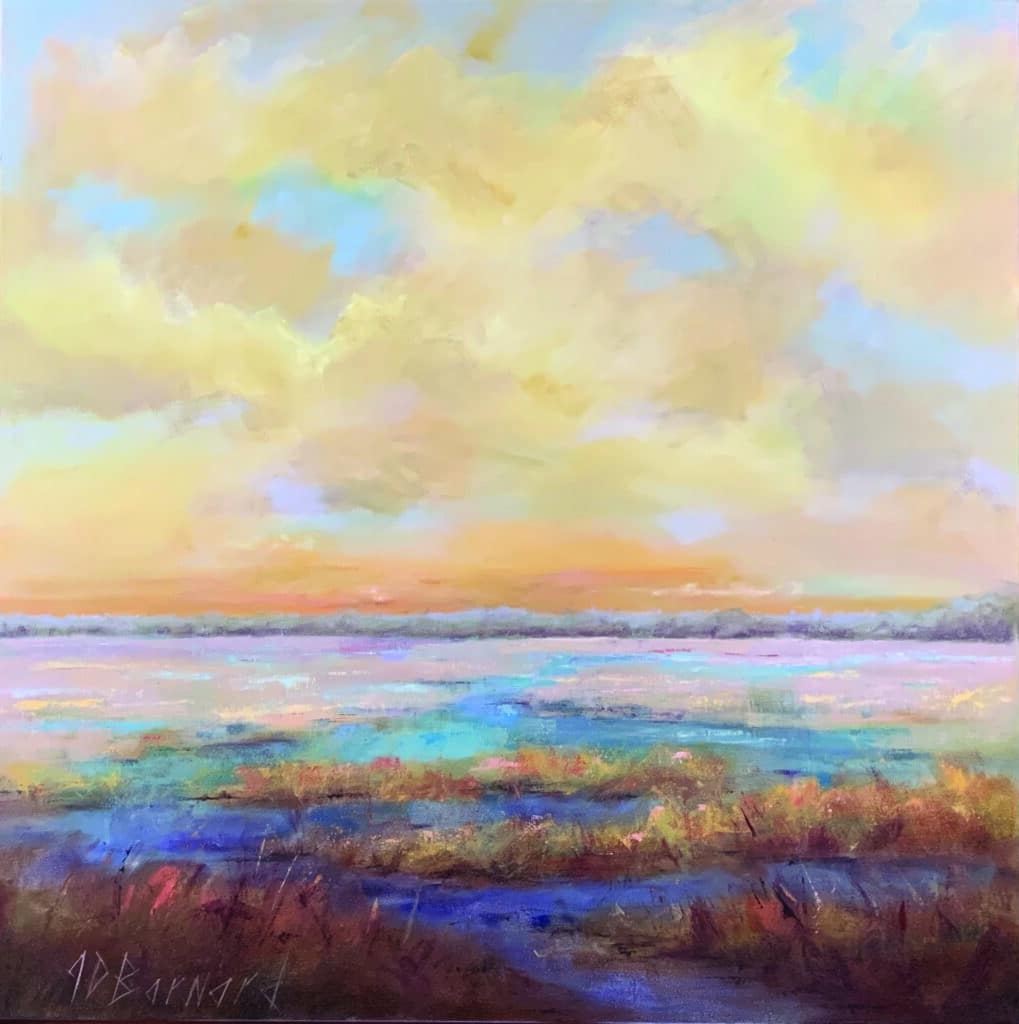
Every artist was first an amateur – Ralph Waldo Emerson
Carving out time to take classes in watercolor, pastels, colored pencils, color theory, portraiture, oils, and mixed media, as well as to paint, Barnard built her own curriculum. “I took 10 master level faux finishing classes which introduced me to materials like Venetian plaster, AquaStone and limewash,” Barnard said.
Barnard studied at Spruill Center of Arts in Dunwoody, Scottsdale Arts School in Arizona, Quinlan in Gainesville, The Booth Museum in Cartersville and sundry artists’ workshops.
“I seek those whose work I admire in magazines and, lately, on Instagram. Art is something you can never learn enough about. I’m continually growing and experimenting. I challenge myself to stay fresh,” Barnard said.
Artists and their materials are travel partners
According to Barnard, there’s an interplay between painter and materials. Sometimes the materials tell you what they want to be. Barnard uses archival quality products so her pieces will last. Oils are her first choice, but she switches between acrylics, mixed media, watercolors and pastels, pushing herself in different directions.
“Oils are buttery — fun to mix and layer. You can push and move them,” Barnard said. “Pastels are home — drawing was my first love. Mixed media is fun — I use unexpected elements like stucco finish, limewash, charcoals, layers of acrylic and move them around, spraying with water. A piece emerges from this flow of dance and discovery.”
The subject of her paintbrush is the deep truth that connects us
Drawn to beauty, Barnard finds companionship with God in nature. Her spirituality sprang from an inner quiet. Whether painting people, animals, flowers or landscapes, she listens to her subjects tapping into their unutterable essence. Barnard considers it her job to express this emotional connection as purely as possible.
A family history of breeding horses and her fondness for them make barns a special theme for her. She paints them with oils in a more traditional “modern impressionist” style. The subjects of her mixed media pieces, drippier and more abstract, tend to be figures — ballerinas, females, angels.
Barnard feels grateful to share her art. “What’s genuine in me connects to what is genuine in others. That deep truth is what makes community. It’s so important in this day and time to find what is genuine within ourselves,” Barnard said.
Plein-air painting renews my ‘art spirit’ – Bonnie Paruch
“I love painting en plein air. On location at Lake Lanier, in my backyard, on the coast, wherever. I’ll find places and either paint or do a study that later becomes a piece,” she said
“Paintings can be a combination of what I see in my mind and what’s in front of me. A quilt barn road goes through Pennsylvania, Virginia, North Carolina and Tennessee. A map shows all these barns with quilts painted on their sides. I started driving to those and photographing them on road trips,” Barnard continued. “Some, I’ll stay and paint on the spot.”
Art is born of the observation and investigation of nature – Cicero
Ever on the lookout to capture beauty, Barnard has been known to drive to a location, open the back of her car and start painting. The backwaters of her hometown brim with lily pads and attract migrating birds. She was lured there last year, stopping on a road in the middle of the water to render the scene
“Last month I went to Jekyll Island to paint with a friend for three days,” Barnard said.
During COVID, with shows canceled, Barnard took some online classes. She found color study helpful. “You take one color of paint, mix it with others, making a chart of each color,” she said. Barnard completed eight such pages with 30 color squares on each.
Now when in the field, she reaches for those charts to find the exact colors she’s studying and makes note of them. Back in the studio, she refers to her notes to paint with greater accuracy. “The colors in a photograph are never the same as what you see outside,” Barnard explained.
When you always make your meaning perfectly plain you end up boring people – Edgar Degas
The gap between what she sees and how the observer views her work is invaluable to Barnard. Rather than “explain” too much, she allows onlookers to finish it with their imaginations. “The artist’s unique insight gives art its vitality and an energy that unites people,” she remarked.
Multiple works in progress
A barn loft under construction will soon be the site of Barnard’s art studio. The space will allow gathering with other artists to paint and hold classes. Currently, she paints in a bonus room on the second floor of her home.
“I’ll have four paintings going at the same time on different easels around my studio. Oils take long to dry so I do those in the morning. Then I flip to progress some mixed media pieces because they dry faster,” she said. “I can go for four hours straight, moving from one painting to another.”
WAM
Barnard has showcased her work at the Wesleyan Artist Market since 2008. “It’s a great place to find art. When they first started, an art company would come in. Now it’s a regional show. People come from all over the Southeast,” she said. “I love being able to explain what my inspiration was and tell people where I painted each piece.”
She finds the kind people at Wesleyan and the yummy snacks are part of what make the show fun. ■
Related
Patrizia hails from Toronto, Canada where she earned an Honors B.A. in French and Italian studies at York University, and a B.Ed. at the University of Toronto. This trilingual former French teacher has called Georgia home since 1998. She and her family have enjoyed living, working and playing in Peachtree Corners since 2013.

Around Atlanta
City Springs Theatre Company Presents the Hit Musical Jersey Boys
Published
3 weeks agoon
July 3, 2024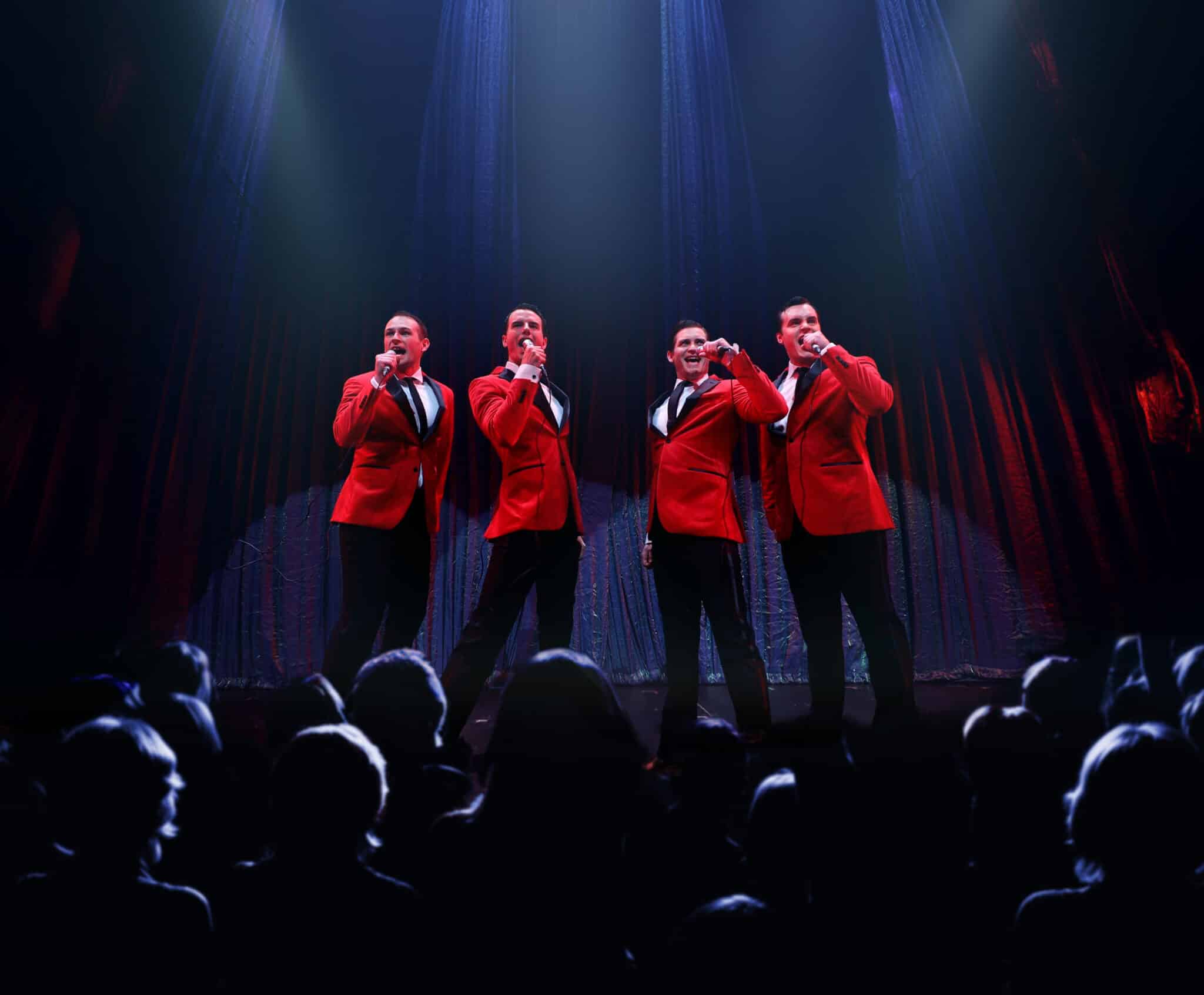
The megahit musical Jersey Boys makes its regional premiere in City Springs Theatre Company’s (CSTC) first-ever, five-week run at the Byers Theatre in Sandy Springs.
Directed by Atlanta’s-own Shane DeLancey, and choreographed by Meg Gillentine, Jersey Boys tells the rags-to-riches story of Frankie Valli and The Four Seasons. The show details their remarkable journey from the streets to the top of the charts, to their 1990 induction into the Rock and Roll Hall of Fame.
Leading the cast of Jersey Boys is Haden Rider as Frankie Valli. Rider is a City Springs Theatre Company veteran, with recent roles in both Legally Blonde (Emmett) and Fiddler on the Roof (Perchik).

Presented by Resurgens Spine Center, Jersey Boys runs from July 12 through August 11, and shines a special spotlight on home-grown talent, as the show’s four leading men are all Atlanta-area residents.
With phenomenal music, memorable characters and great storytelling, Jersey Boys follows the fascinating evolution of four blue-collar kids who became one of the greatest successes in pop-music history.
“City Springs Theatre Company is very proud to be the first in the southeast region to present Jersey Boys,” said CSTC Artistic Director and Tony Award-winner Shuler Hensley. “Our audiences have been asking for this particular show since we opened. The production is truly stacked with talent onstage and off, and we’re pulling out all the stops to bring audiences an experience that will rival any previous version of the show.”
Jersey Boys premiered at the La Jolla Playhouse in 2005, prior to its 13-year Broadway run, from 2005 to 2017. There have been productions of the show in Las Vegas, UK/Ireland, Toronto, Melbourne, Singapore, South Africa, the Netherlands, Japan, Dubai and China.
Jersey Boys features a book by Marshall Brickman and Rick Elice, with music by Bob Gaudio, and lyrics by Bob Crewe.
Individual tickets to see Jersey Boys are on sale now ($42 – $108), with discounts for seniors, students, groups and active and retired military personnel.
CSTC’s Box Office is open Monday through Friday from 10:00 a.m. – 5:00 p.m.
Call 404-477-4365 or visit CitySpringsTheatre.com for more information.
This production contains adult language and is recommended for mature audiences.
Performance schedule:
Friday, July 12 | 8:00 p.m.
Saturday, July 13 | 2:00 p.m. & 8:00 p.m.
Sunday, July 14 | 2:00 p.m. & 7:30 p.m.
Tuesday, July 16 | 7:30 p.m.
Wednesday, July 17 | 7:30 p.m.
Thursday, July 18 | 8:00 p.m.
Friday, July 19 | 8:00 p.m.
Saturday, July 20 | 2:00 p.m. & 8:00 p.m.
Sunday, July 21 | 2:00 p.m. & 7:30 p.m.
Tuesday, July 23 | 7:30 p.m.
Wednesday, July 24 | 7:30 p.m.
Thursday, July 25 | 8:00 p.m.
Friday, July 26 | 8:00 p.m.
Saturday, July 27 | 2:00 p.m. & 8:00 p.m.
Sunday, July 28 | 2:00 p.m. & 7:30 p.m.
Tuesday, July 30 | 7:30 p.m.
Wednesday, July 31 | 7:30 p.m.
Thursday, August 1 | 8:00 p.m.
Friday, August 2 | 8:00 p.m.
Saturday, August 3 | 2:00 p.m. & 8:00 p.m.
Sunday, August 4 | 2:00 p.m. & 7:30 p.m.
Tuesday, August 6 | 7:30 p.m.
Wednesday, August 7 | 7:30 p.m.
Thursday, August 8 | 8:00 p.m.
Friday, August 9 | 8:00 p.m.
Saturday, August 10 | 2:00 p.m. & 8:00 p.m.
Sunday, August 11 | 2:00 p.m. & 7:30 p.m.
Related
Arts & Literature
Local Students Show Off Their Artistic Creations
Published
2 months agoon
June 2, 2024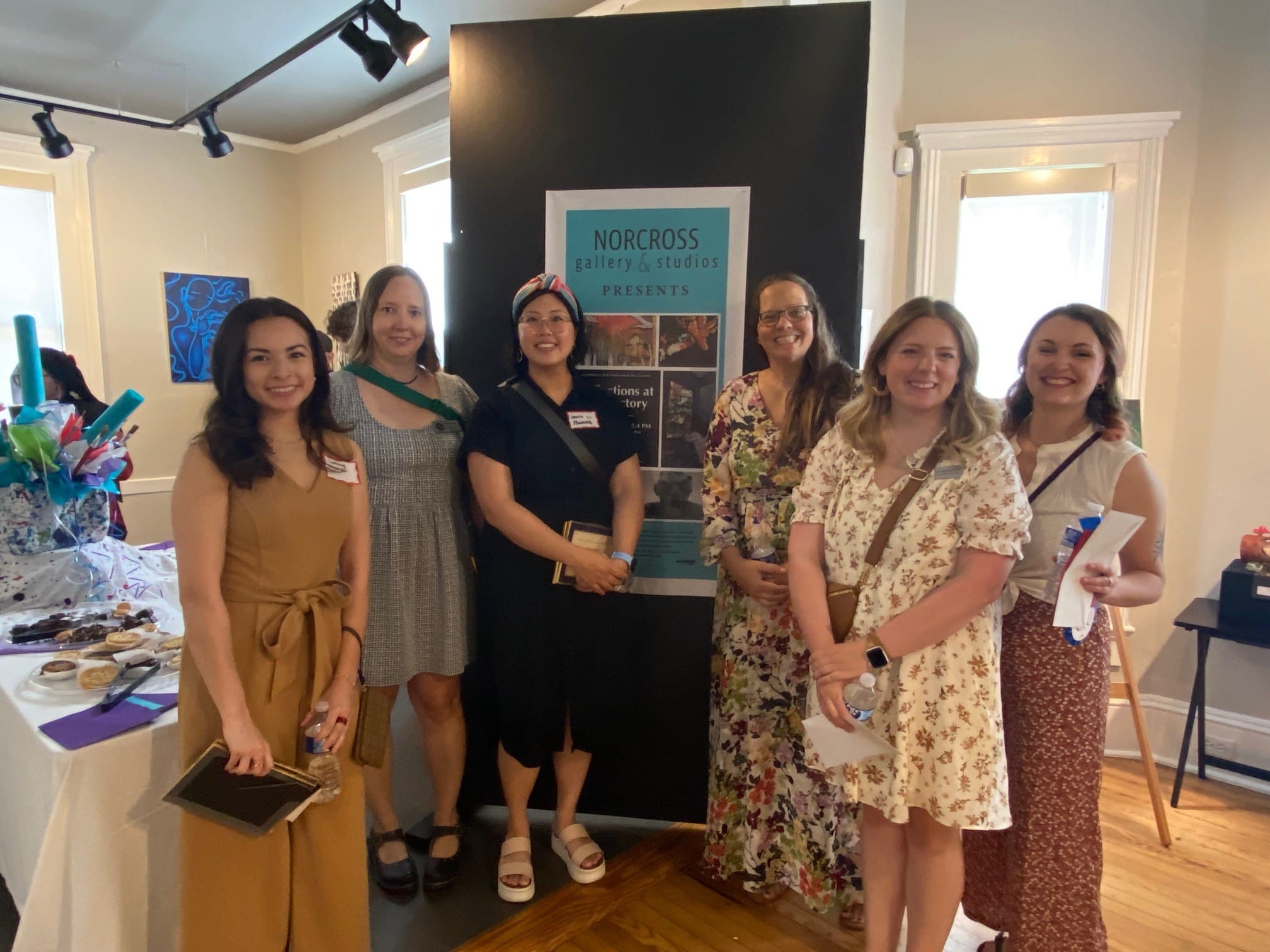
From May 11 through May 18, the Norcross Gallery & Studios kicked off a fantastic exhibition, Reflections at Rectory, which showcased the works of 36 rising stars: AP and IB art students from our local high schools.
The opening reception celebrated their creativity and dedication. Gallery director Anne Hall presented a dozen awards generously sponsored by the community, a testament to the local support for these young artists.
One prestigious award, the Terri Enfield Memorial Award, holds special significance.
Established by Terri’s daughters, it recognizes not just artistic excellence, but also leadership, work ethic and the spirit of collaboration. Last year’s winner, Aidan Ventimiglia, even played a part in selecting this year’s recipient Jasmine Rodriguez.
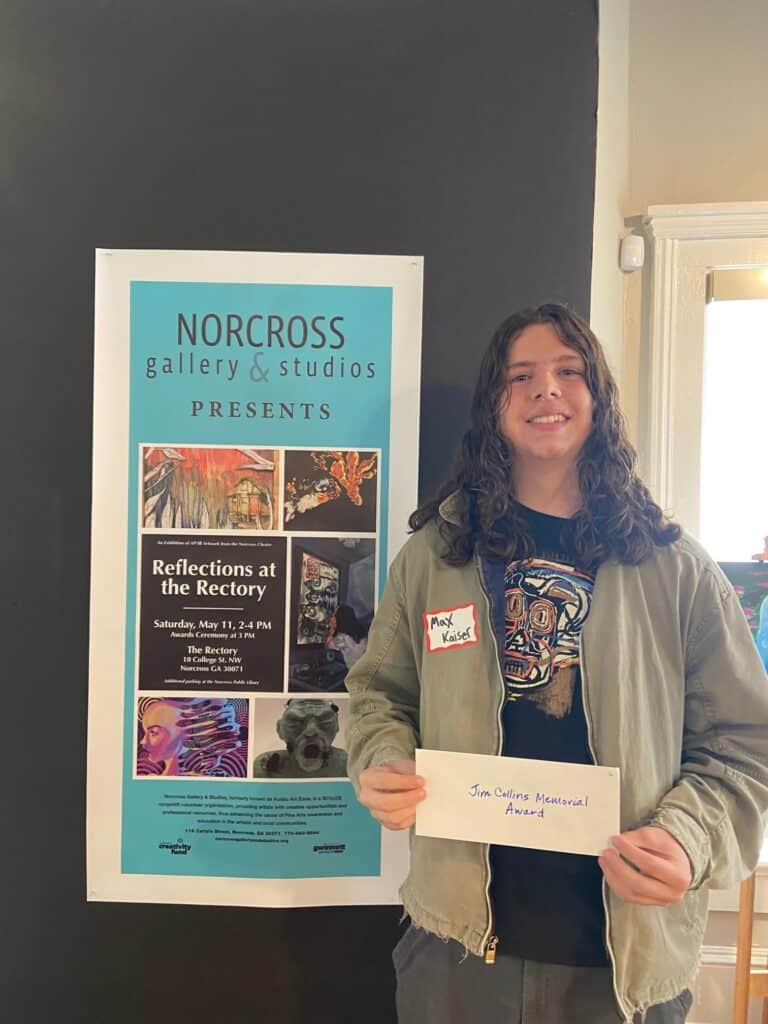
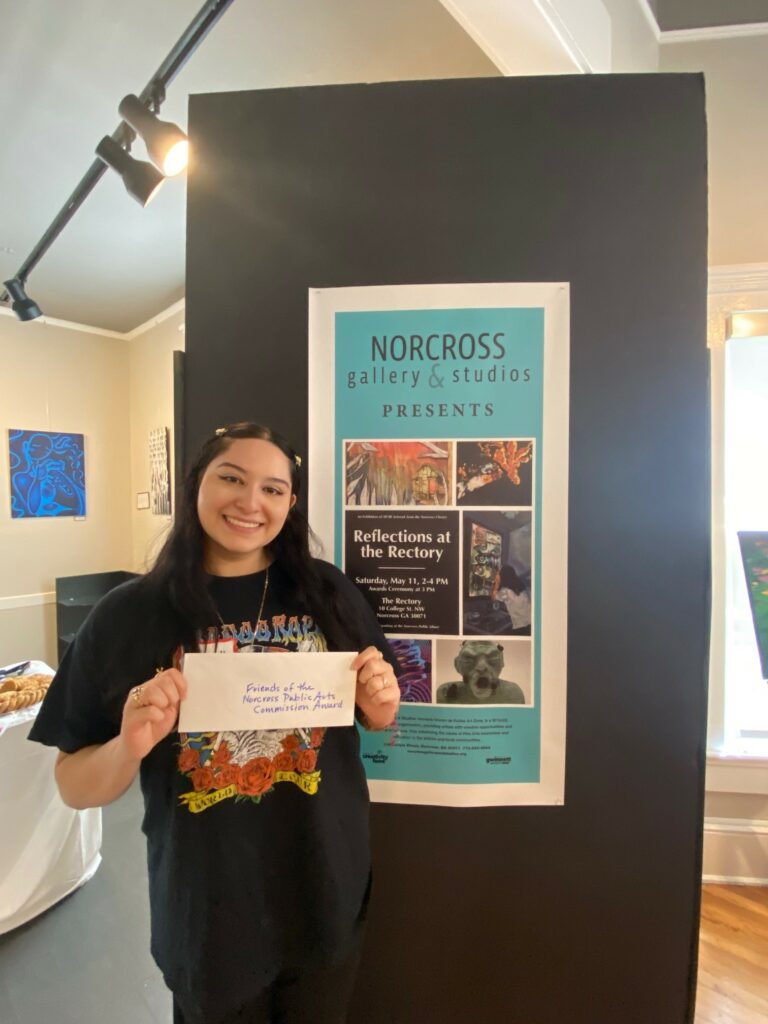
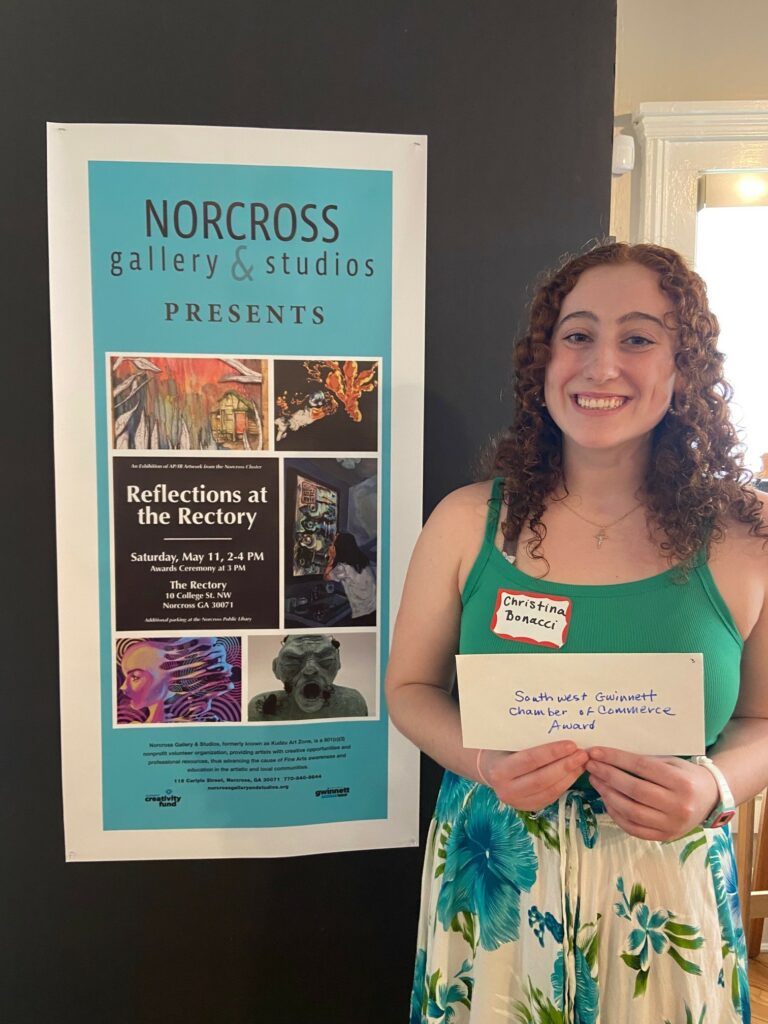
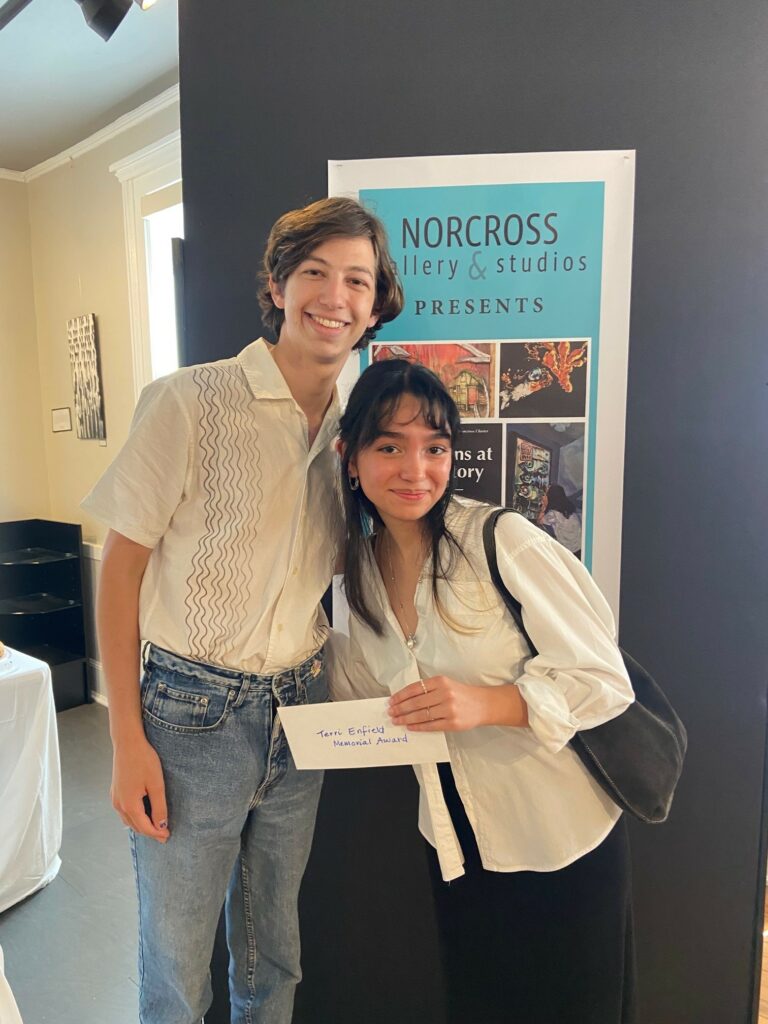
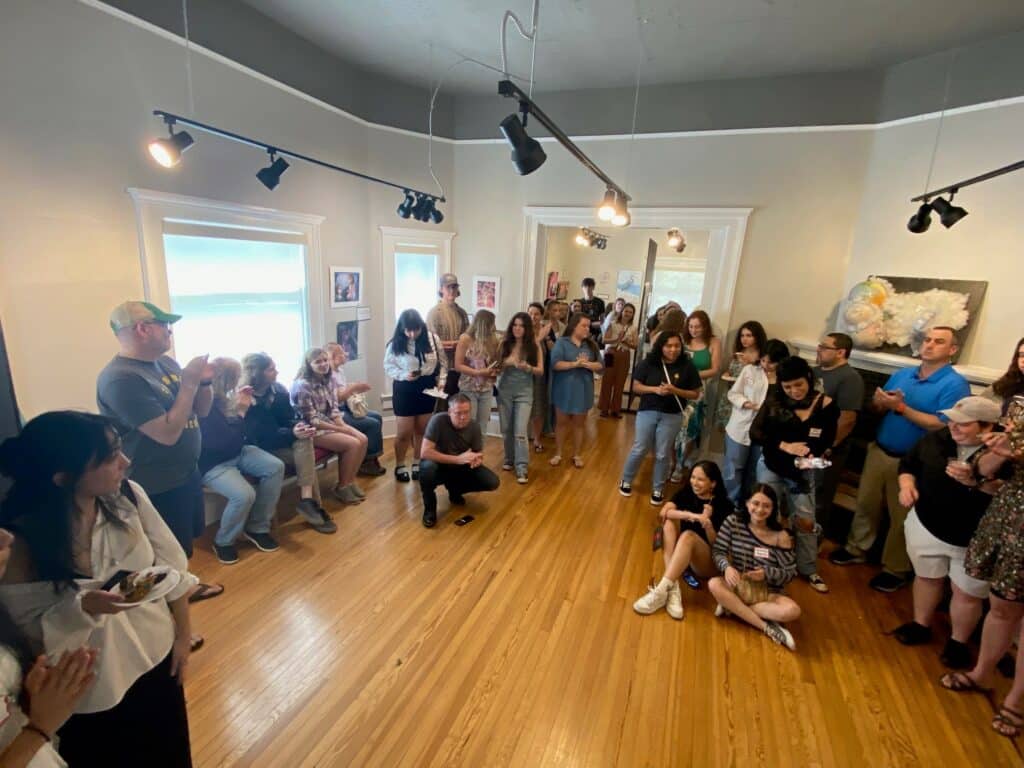
Congratulations to all the student artists.
Students in the second annual Reflections at the Rectory exhibit
Norcross High School:
- Gustavo Benumea-Sanchez
- Maycol Cruz Padilla
- Dorie Liu
- Harlet Martinez Castro
- Paulina Santana
- Gisela Rojas Medina
- Clare Fass
- Ava Netherton
- Ubaldo Diaz
- Katia Navas-Juarez
- Mariah Ingram
- Arisdelcy Juan
- Max Kaiser
- Dani Olaechea
- Christina Bonacci
- Diana Ortiz Ventura
- Katie Yerbabuena-Padierna
Paul Duke High School:
- Adamu Abdul-Latif
- Salma Noor Alabdouni
- Samrin Zaman
- Camryn Vinson
- Liz Damian
- Cecelia Berenguer
- Jasmine Rodriguez
- Angelina Bae
- Dahyana Perez
- Jonah Swerdlow
- Kyra Allicock
- Anni Brown
- Kaleb Fields
- Destiny Jones
- Gabriela Leal-Argueta
- Madisyn Mathis
- Ashley McDonough
- Ahtziri Pinones
- Alondra Valiente-Torres
Related
Arts & Literature
Book, TV and Podcast Recommendations for this Summer
Published
2 months agoon
June 2, 2024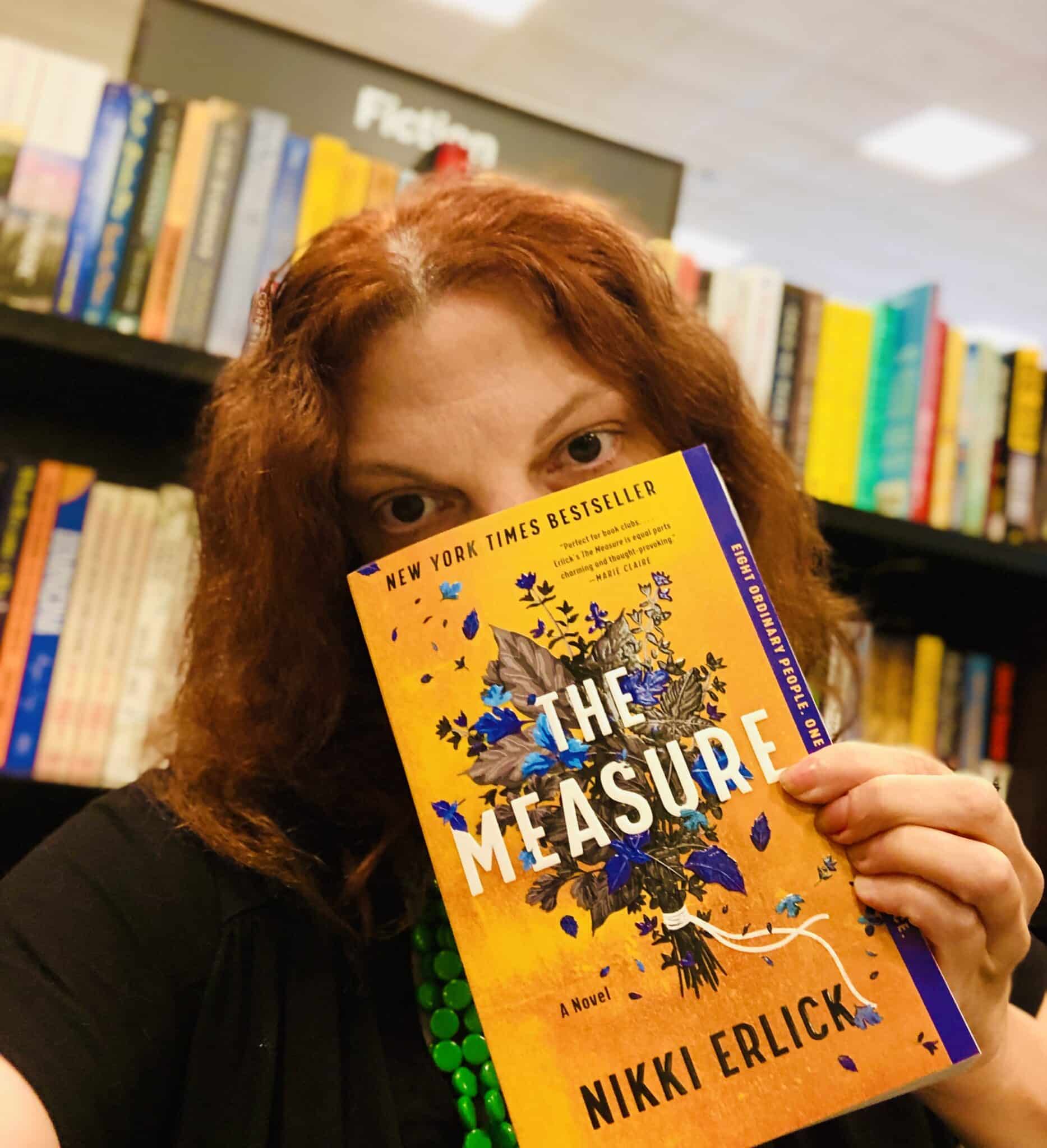
Beat the heat this Summer with a good book, show or podcast. This year, Peachtree Corners Magazine received over 30 recommendations from more than a dozen city residents. There is something for everyone on this list, so let’s dive in.
Machine Made: Tammany Hall and the Creation of Modern American Politics
by Terry Golway
This 400-page book offers readers a comprehensive and insightful exploration of one of the most influential political machines in American history. It provides valuable lessons and perspectives on the intersection of politics, power and society.
Turning Point: The Bomb and the Cold War
Stream on Netflix
This nine-part series offers viewers a thought-provoking exploration of one of the most consequential periods in modern history. It provides deep insights into the complexities of nuclear politics and the enduring legacy of the Cold War.
Fareed Zakaria GPS
Listen on CNN Audio
This podcast comprehensively examines foreign affairs. It enhances a listener’s global awareness, fosters critical thinking and sheds light on complex issues shaping our world today.
— Brian Johnson, City Manager for Peachtree Corners
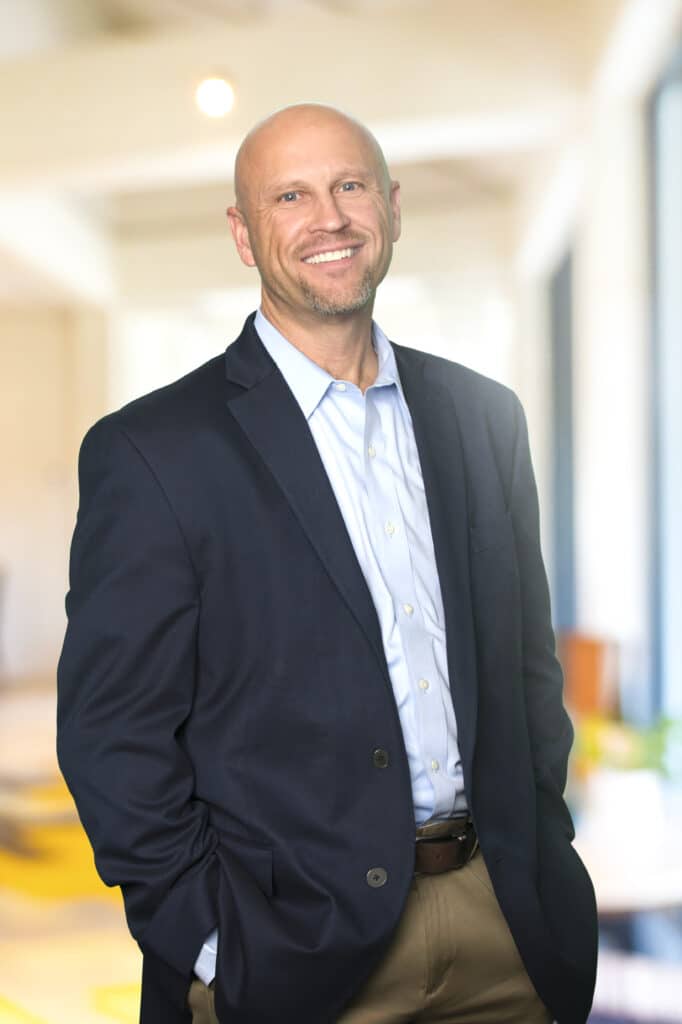
Empowering Nurses Through Self-care: Unleashing Your Potential and Thriving in the Nursing Profession
by Audrey Boyce
Audrey Boyce offers a practical guide to help nurses find balance and fulfillment in their personal lives and professions. With a comprehensive overview of self-care strategies, this book is essential for nurses looking to recharge, reduce stress and increase job satisfaction.
The Go-Giver, Expanded Edition: A Little Story About a Powerful Business Idea by Bob Burg and John David Mann
The Go-Giver tells the story of Joe, an ambitious young man striving for success. Through Joe’s journey, this book imparts powerful lessons about the significance of giving, collaboration and building meaningful relationships in achieving success.
Special Ops: Lioness
Stream on Paramount+
The protagonist, Joe, attempts to balance her personal and professional life as the tip of the CIA’s spear in the war on terror. The Lioness Program enlists Cruz to operate undercover alongside Joe among the power brokers of State terrorism.
Money and Wealth
Listen on Apple Podcasts
In Money and Wealth, John Hope Bryant provides valuable insights into financial literacy and wealth-building strategies. With a clear and accessible approach, Bryant aims to empower listeners with practical knowledge to achieve financial stability and success.
— Bobby Cobb, CEO of Cobb Global Outreach Inc.
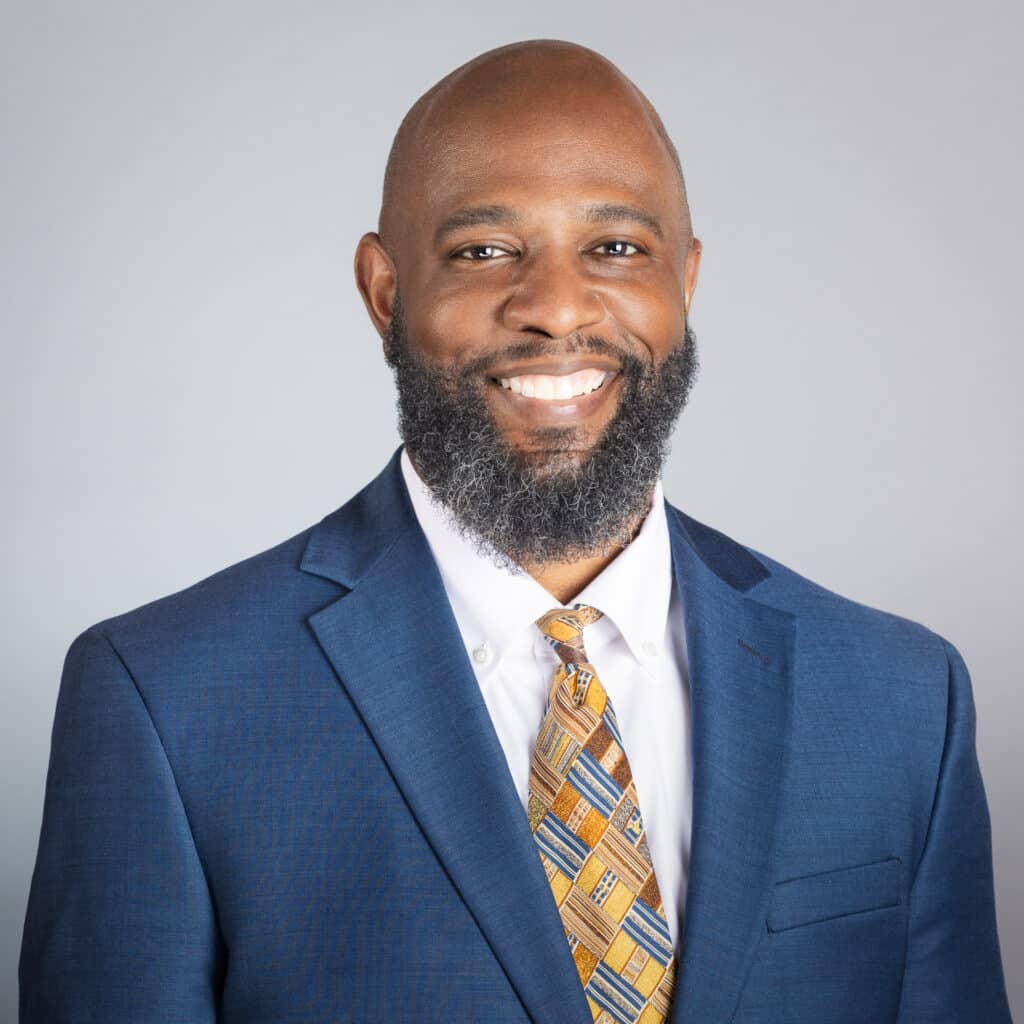
1984
by George Orwell
The new audio drama of George Orwell’s 1984 on Audible is nothing short of phenomenal. With a full cast of film stars and sound effects in stereo, you’ll feel like you’re actually in Oceania, being watched by Big Brother.
— Jill Tew, local author of the forthcoming young adult dystopian novel The Dividing Sky
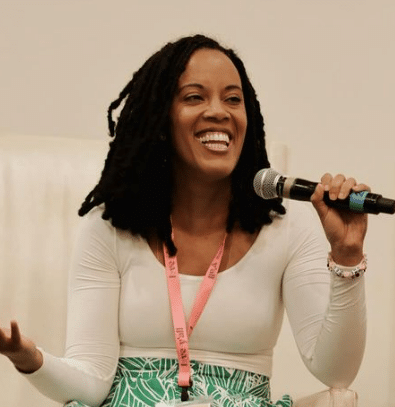
Enter Ghost
by Isabella Hammad
I recently read this and loved the writing. The author plays around with formatting between narrating the story and switching to the format of a play to show the dynamics between characters.
— Ruwa Romman, Georgia State Representative
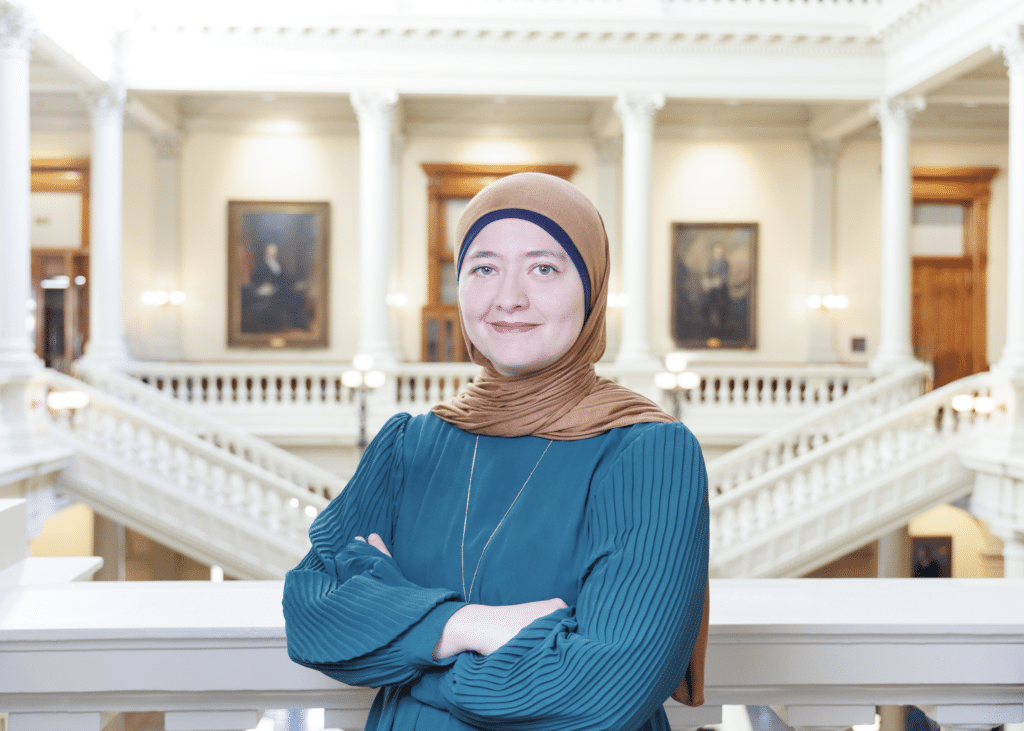
Seeing Eye Girl
by Beverly Armento
Beverly Armento’s account of her life in Seeing Eye Girl is truly remarkable. I was captivated by her story of resilience, strength and, ultimately, forgiveness.
— Erin Griffin, Norcross High School Foundation for Excellence Co-President
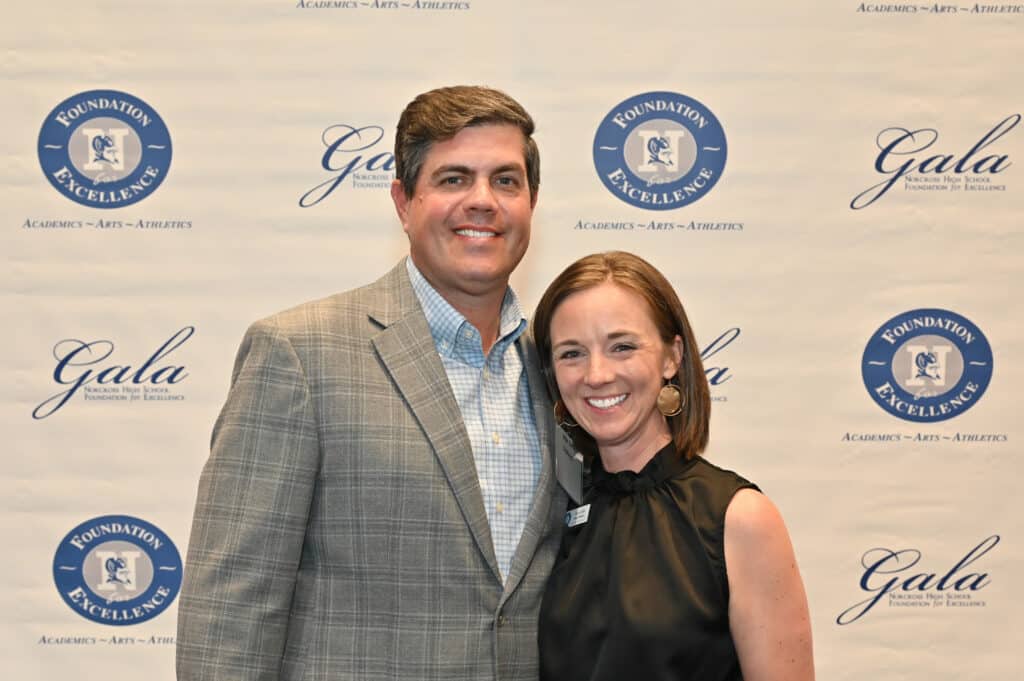
Never Enough: When Achievement Pressure Becomes Toxic – And What We Can Do About It
by Jennifer B. Wallace
This book presents research on how to raise healthy, joyful achievers in a hyper-competitive world. The author was a guest speaker at Greater Atlanta Christian’s (GAC) Parent Partnership Series this year, and we heard about the importance of children knowing that their intrinsic self-worth is not contingent solely upon external achievements.
The Anxious Generation
by Jonathan Haidt
Discover the root causes behind the epidemic of today’s teen mental illness. With compelling data, Jonathan Haidt unveils the decline of play-based childhood and offers practical solutions for a healthier, more fulfilling upbringing. We have asked GAC faculty to add this to their personal summer reading list.
— Dr. Scott Harsh, President of Greater Atlanta Christian School
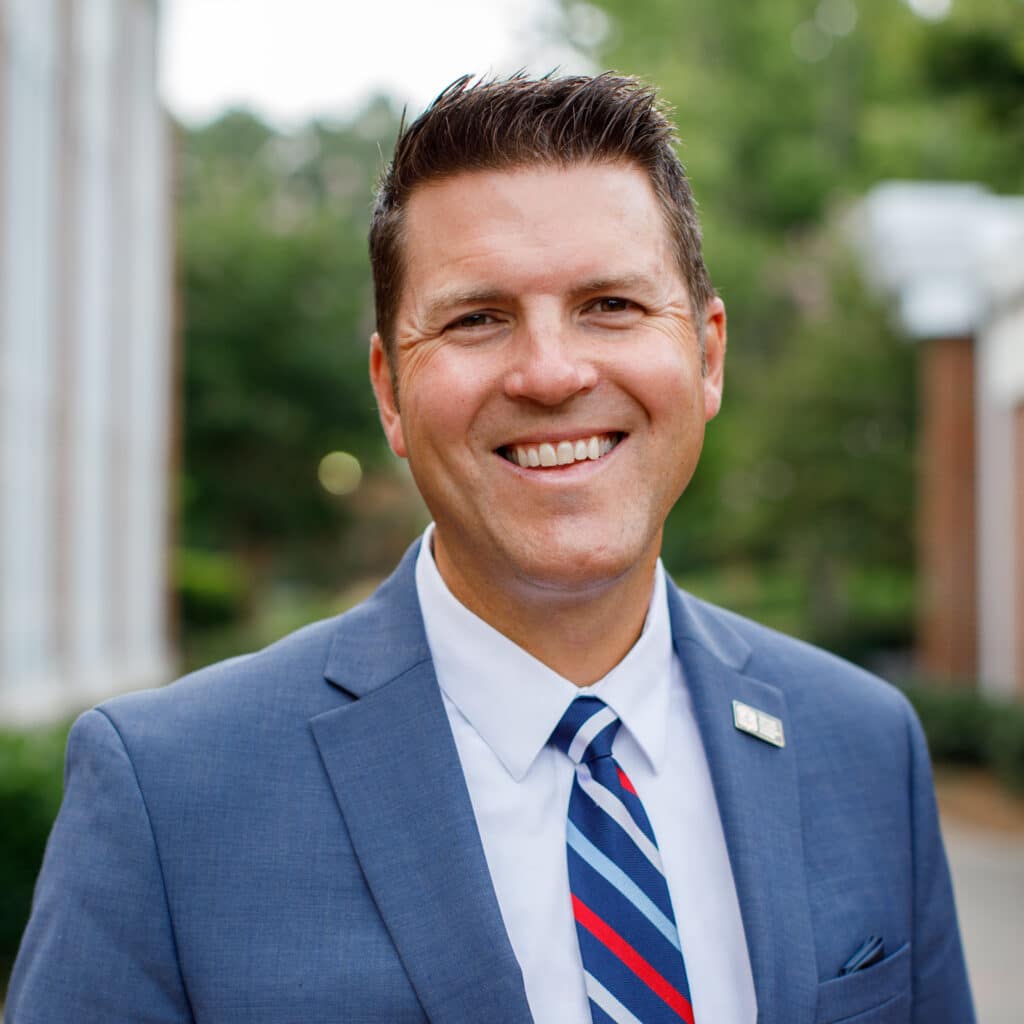
Glad You’re Here
by Craig Cooper and Walker Hayes
Glad You’re Here tells the true, redemptive story of country music singer Walker Hayes and his unlikely friendship with pastor Craig Cooper. In alternating chapters, each individual shares their unique perspective on pivotal moments in their friendship, and the book reminded me to prioritize the patient and persistent cultivation of community.
— Ann Cousins, Communications Director and Wesleyan School
The Boredom Experiment
Listen on Apple Podcasts
The Boredom Experiment, hosted by Jeremy and Ashley Parsons, is a short, heartfelt podcast series that documents and explores the effect of removing digital distractions and social media from their family’s lives for a year.
Over eight episodes, they share their experiences and insights into how this experiment impacts their creativity, relationships and overall well-being. The Parson’s storytelling thoughtfully weaves together interviews, music and their musings in such a creative, personal way that makes it an absolute delight to listen to.
The 1000 Hours Outside Podcast
Listen on Apple Podcasts, Spotify and Youtube
Digital Minimalism
by Cal Newport
Digital Minimalism advocates for a thoughtful and intentional approach to technology use. Newport argues that constant connectivity and digital distractions hinder productivity and well-being and encourages individuals to choose tools and habits that align with their values and long-term goals. In a digitally crowded world, this book was a needed reminder to be intentional with my time and strategic with how I use technology.
— Natalie Dettman, Creative Director at Wesleyan School
Sideline C.E.O.
by Marty Smith
While on this surface this book offers great wisdom from some of the most successful coaches of our time, it also provides a behind-the-scenes look at the lives of many people we admire.
From learning about Greg Sankey figuring out how to lead the SEC through Covid as he sat on his front porch to Mack Brown processing through how to lead his football team through racial tensions at UNC, you realize that these men [and women] are normal human beings that face the same difficult choices as the rest of us.
Not to mention, Marty Smith captures the lives and insight of these coaches in a fun, compelling way!
Practicing the Way
by John Mark Comer
New Kid
by Jerry Craft
Where Do We Go from Here
by Martin Luther King Jr.
— Joseph Antonio, Middle School Principal at Wesleyan School
West with Giraffes
by Linda Rutledge
This is lightly based on a true story. It is the story of moving giraffes who survived a hurricane, were rescued in the Atlantic, and were carried cross-country to the San Diego Zoo. It is well-written, and the character development is fantastic.
Crossing the country with two giraffes during the Depression created excitement in all the small struggling areas. The joy of those who had never dreamed of seeing a giraffe in real life will bring joy to anyone reading this book.
Housewives of True Crime
Listen on Apple Podcasts and Youtube
Moms and Mysteries
Listen on Apple Podcasts, iHeart Radio and Spotify
Southern Fried Crime
Listen on Apple Podcasts and Youtube
Wiser than Me with Julia Louis-Dreyfus
Listen wherever you get your podcasts
— Nancy Minor, The Nancy Minor Team
The Women
by Kristen Hannah.
A great read about the Army nurses in Vietnam.
— Laurie Rogers, The Nancy Minor Team
In The Woods
by Tana French
This book is a real page-turner. The author is a gifted writer, so even though it is a crime thriller, it reads like a novel. There are six books in the series, and I have read all of them.
Casefiles
Listen on Apple Podcasts and Spotify
This is a true crime podcast that has been around for several years. The stories are detailed and very interesting and cases are examined from all over the world.
— Shameka Allen, MBA, MA, CEO of Good Samaritan Health Centers of Gwinnett
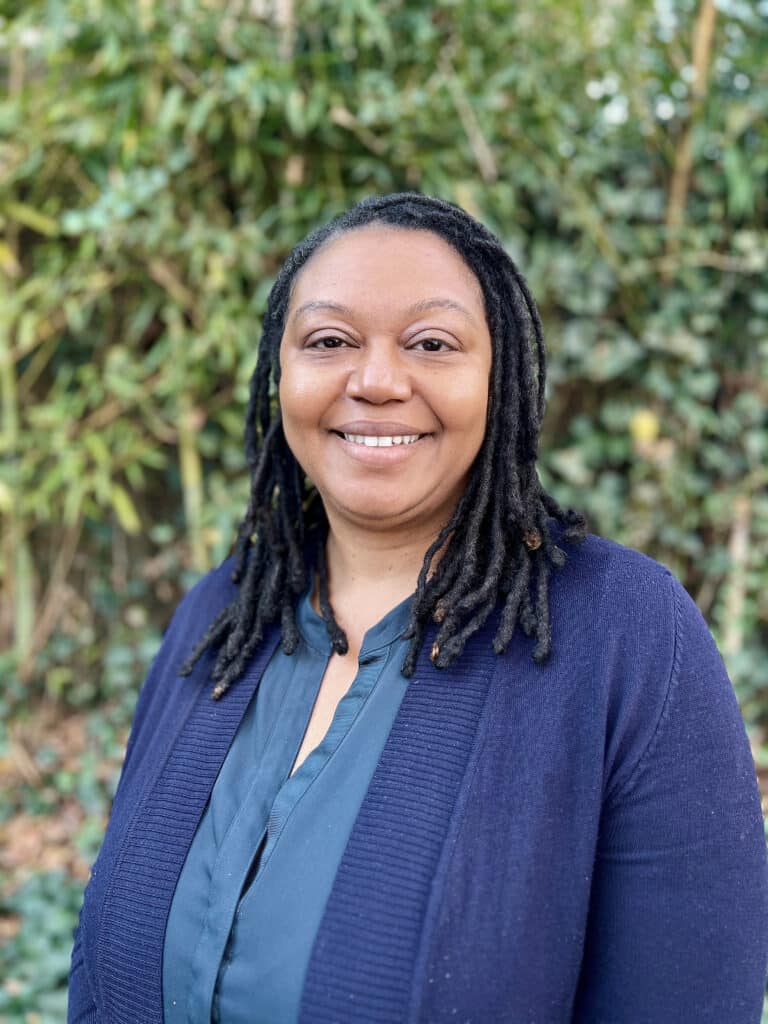
Over the Edge of the World
by Laurence Bergreen
Over the Edge of the World is a captivating account of Magellan’s expedition around the world. We all know Magellan’s name but few of us know the rich details behind the adventure and how it unfolded. I was inspired by the courage and bravery of those who took part in the great Age of Exploration.
Arrested Development
Stream on Netflix
This is easily one of our favorite shows. My wife, Meredith, and I have watched and re-watched it so many times and still find it so hilariously funny. The show blends clever writing with quirky characters and intricate, running gags. There’s always money in the Banana Stand!
Dr. Death
Listen on Apple Podcasts, Spotify and Wondery
This gripping true-crime podcast explores the shocking story of a dangerous surgeon. It’s a must-listen for its compelling narrative, deep investigative journalism and critical insights into medical malpractice and systemic failures. The podcast has since been made into a limited streaming TV series.
— Scott Hilton, Georgia State Representative
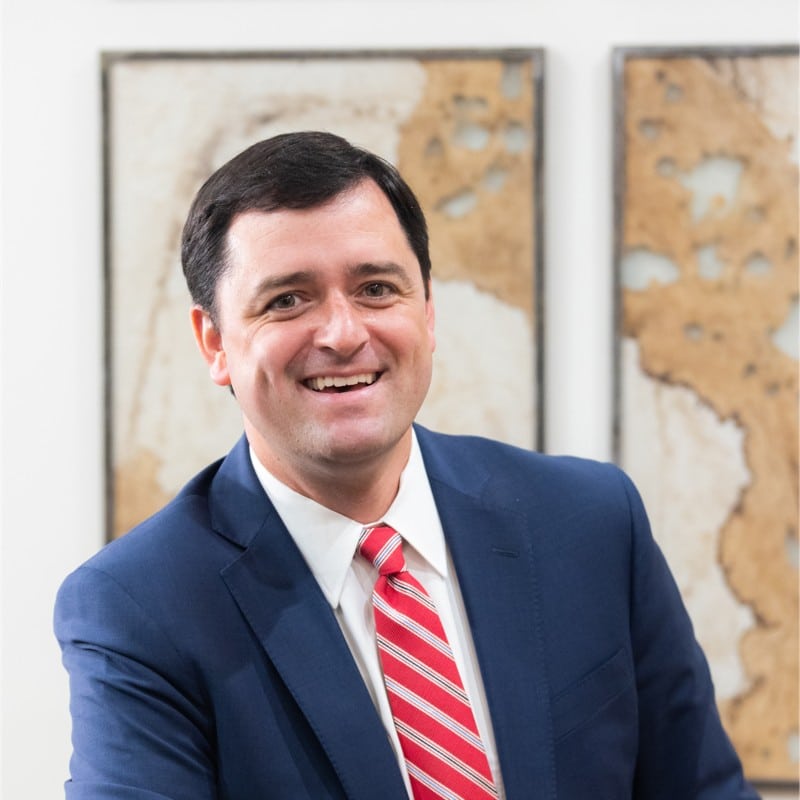
Sleep Wrecked Kids
by Sharon Moore
This book explains how inadequate sleep affects children’s growth, development and learning. This is a great guide to creating better sleep routines.
Healthy Sleep Happy Kid
by Meghna Dassani
This quick, easy read offers valuable insights into how sleep impacts a child’s health. It provides practical tips for improving your child’s sleep environment and habits and is a go-to resource for parents aiming to enhance their child’s sleep and overall wellness.
I can’t overstate the importance of good sleep habits for the overall well-being of your child and the entire household. Quality sleep is the foundation for happy, healthy kids and stress-free parents, setting the stage for the best possible summer with your family.
— Dr. Gia Grannum, Board Certified Pediatric Dentist of Agape Pediatric Dentistry
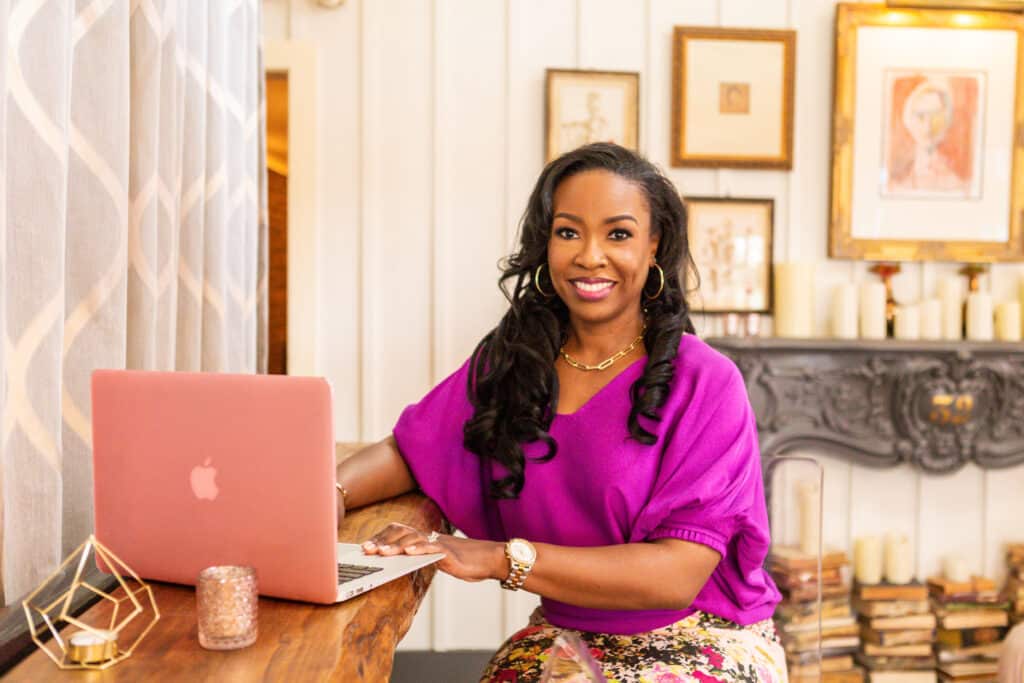
The Measure
by Nikki Erlick
I recommend The Measure by Nikki Erlick, which is about to come out in paperback! It’s a great pick for summer reading or a book club!
Poured Over, the Barnes & Noble Podcast
Stream on the Barnes & Noble website and Apple Podcasts
Check out the Poured Over podcast for interviews with your favorite authors, book recommendations for your TBR pile and more.
— Amanda Couch, Assistant Manager at Barnes & Noble at The Forum
Want even more recommendations? Check out last year’s list here.
Related
Read the Digital Edition
Subscribe
Keep Up With Peachtree Corners News
Join our mailing list to receive the latest news and updates from our team.
You have Successfully Subscribed!

What’s going on at Jones Bridge Park and the Challenges of Urban Development

Taste of Peachtree Corners: PCBA Showcases Local Restaurants

The Forum Gives Sneak Peek of New Eateries and Community Spaces

Southwest Gwinnett Mayors Share Visions for the Future

8 Events Happening In and Around Peachtree Corners This August

Peachtree Corners Shines Bright with Light Up the Corners Glow Race this August

Peachtree Corners Shines Bright with Light Up the Corners Glow Race this August

The Forum Gives Sneak Peek of New Eateries and Community Spaces

8 Events Happening In and Around Peachtree Corners This August

Southwest Gwinnett Mayors Share Visions for the Future

Taste of Peachtree Corners: PCBA Showcases Local Restaurants

What’s going on at Jones Bridge Park and the Challenges of Urban Development

Local Resident Opens AtWork Location in Peachtree Corners

CHRIS 180 Expands its Services into Gwinnett County [Podcast]

Light up the Corners [Video]

Capitalist Sage: Business Leadership in Your Community [Podcast]

Cliff Bramble: A Culinary Adventure through Italy

Top 10 Brunch Places in Gwinnett County

A Hunger for Hospitality

THE CORNERS EPISODE 3 – BLAXICAN PART 1

Top 10 Indoor Things To Do This Winter

The ED Hour: What it takes to Remove Barriers from Education
Peachtree Corners Life
Topics and Categories
Trending
-
Business1 week ago
Taste of Peachtree Corners: PCBA Showcases Local Restaurants
-
Business2 days ago
The Forum Gives Sneak Peek of New Eateries and Community Spaces
-
City Government4 days ago
Southwest Gwinnett Mayors Share Visions for the Future
-
Around Atlanta4 days ago
8 Events Happening In and Around Peachtree Corners This August


